Proven Success Factors for Agricultural Equipment Manufacturers in 2025

Agricultural equipment manufacturers face a market projected to grow from $151.55 billion in 2024 to nearly $200 billion by 2029—yet this promising trajectory masks significant challenges. Despite growth opportunities, 2024 is shaping up to be the worst financial year for farmers since 2007, with net farm income projected to fall by $6.5 billion.
This stark contrast creates both obstacles and opportunities for agricultural machinery manufacturers. While US tractor sales have declined 15-20% each month of 2024, the agricultural AI market is expected to quadruple by 2026, reaching $4 billion. Above all, manufacturers must adapt to these shifting dynamics—labor shortages, digital transformation, and changing farmer priorities all demand strategic responses.
As you navigate these complex market conditions, understanding proven success factors for 2025 will be crucial. This guide explores how agricultural equipment manufacturers can overcome operational challenges, embrace precision agriculture and smart farming solutions, and build future-ready product portfolios to thrive in tomorrow's agricultural landscape.

Key Operational Challenges for Agricultural Equipment Manufacturers
Supply chain fragmentation remains one of the most pressing challenges for agricultural equipment manufacturers in 2025. The cascading disruptions that began during the pandemic have created a complex network of bottlenecks affecting production timelines and delivery schedules. Equipment manufacturers continue to grapple with sourcing critical components, as evidenced by farming equipment manufacturers maintaining only 27% of optimal inventory for tracks and 44% for semiconductors and chips.
Raw material volatility further complicates manufacturing operations. Steel prices spiked from $600 per ton in 2019 to $1,340 in 2022 before partially recovering to $700 in 2023. Similarly, plastic costs increased from $210 per ton in 2019 to $430 in 2022, still hovering at $370 in 2023. These fluctuations have forced manufacturers to absorb higher production costs or pass them to customers.

The labor shortage presents another significant hurdle. With only one job seeker for every two open positions and 40% of new agricultural jobs going unfilled each year, equipment manufacturers struggle to maintain production capacity. This shortage extends beyond manufacturing facilities to impact the entire supply chain, with transportation companies facing similar workforce deficits.
Inventory management creates additional complexity. Balancing stock levels appropriately is crucial—overstocking leads to high storage costs, while understocking results in missed sales opportunities. Many manufacturers have shifted from just-in-time to "just-in-case" inventory management, keeping more components on hand to prevent production disruptions.
Additionally, agricultural equipment companies face growing pressure for traceability and transparency throughout their supply chains. This requires implementing systems to track components from source to final product, which many smaller manufacturers find challenging to implement.
To overcome these operational challenges, manufacturers must develop robust supplier networks, embrace digital inventory management, and optimize logistics planning. For personalized guidance on sourcing critical machinery components or parts to maintain your production schedule, contact MCH Parts today for a free consultation and quote.

Digital Transformation and Smart Manufacturing
Precision agriculture technologies are fundamentally reshaping how agricultural equipment is designed, manufactured, and utilized across the industry. This transformation is expected to increase agricultural profits by USD 330 billion and boost food production by 25% by 2025.
Smart farming equipment now integrates deeply with modern agricultural machinery. GPS-guided tractors, drones, and precision agriculture sensors enable more accurate farming practices, resulting in optimized resource utilization and increased crop yields. These smart technologies collect vast amounts of real-time data on soil conditions, weather patterns, crop health, and equipment performance, providing actionable recommendations for farmers to make informed decisions.
Blockchain technology has emerged as a powerful tool for agricultural traceability, addressing concerns about food safety and supply chain transparency. Its decentralized nature, immutability, and smart contracts create trusted agricultural product traceability systems. These systems allow consumers to verify product origins and regulators to quickly identify problematic links in the supply chain.

Predictive maintenance and IoT devices have become game-changers for equipment reliability. By leveraging sensors and artificial intelligence algorithms, manufacturers can:
- Reduce equipment downtime by 25%
- Lower repair costs by 30%
- Extend machinery lifespan while optimizing performance
These systems continuously monitor critical parameters like vibration, temperature, and pressure, detecting potential failures before they occur. For instance, liquid flow sensors can identify anomalies in hydraulic circuits crucial for operational efficiency.
Robotics and automation are also transforming agricultural operations. From robotic egg collection to automated soil testing, these technologies enable precise crop management and address labor shortages. Meanwhile, autonomous vehicles and machinery allow farmers to be productive for more hours daily while covering more ground than traditional equipment.
Although implementing precision agriculture requires significant network capabilities, training, and maintenance, the benefits far outweigh the challenges. Smart agricultural equipment manufacturers are positioned to lead this technological revolution.
Need help sourcing critical technology components for your smart farming products? Contact MCH Parts today for a free consultation and quote on the latest machinery or parts for your digital transformation initiatives.
Building a Future-Ready Product Portfolio

Successful agricultural equipment manufacturers are prioritizing product portfolio innovation to meet evolving farmer needs in 2025. Creating versatile, future-ready equipment requires balancing technological advancement with practical functionality.
Precision agriculture technology integration has become essential for competitive equipment offerings. Modern farm machinery now commonly incorporates GPS systems, yield monitors, advanced cameras, sensors, and connectivity to precision farming software. These tools enable farmers to optimize resource application, reducing wasted inputs and increasing profitability by managing field variations more effectively. Nevertheless, manufacturers must ensure these advanced features remain accessible—research shows that approximately 24% of farmland consistently underperforms despite technology applications.
Forward-thinking agricultural equipment manufacturers are increasingly preparing their machinery for autonomous operation. For instance, John Deere's precision ag initiatives for model year 2024 tractors include an autonomy prep package ensuring components needed for future autonomous operation are pre-installed, including "the right transmission and visibility package, implement ethernet, and a 330-amp alternator". Moreover, AGCO and SDF's new partnership demonstrates how manufacturers are strengthening their market position by creating streamlined tractor portfolios with various powertrain options to match diverse customer needs.
Developing equipment for different farm sizes represents another crucial success factor. Considering that 86% of global farms are smaller than 2 acres, manufacturers who design appropriately-scaled equipment gain access to substantial markets. Scale-appropriate mechanization—matching equipment capacity to farm size and production conditions—proves more effective than promoting oversized machinery.

Future-proof designs now prioritize modularity and upgradeability. Valtra's approach illustrates this strategy—offering "Valtra Guide ready" tractors with basic steering controllers, steering valves, and interface components that enable later technology upgrades without major retrofitting. This approach maximizes resale value while providing farmers flexibility to adopt precision agriculture technologies gradually.
Need help sourcing components for your future-ready agricultural equipment? Contact MCH Parts today for a free consultation and quote on machinery parts that can help your product portfolio stay competitive in the realm of farm machinery technology.
Conclusion
Agricultural equipment manufacturers face a landscape of both challenges and opportunities as 2025 approaches. Throughout this article, we've examined how operational hurdles, digital transformation, and future-ready product portfolios collectively shape your potential for success.
Despite fluctuating market conditions, your ability to adapt remains paramount. Supply chain fragmentation and raw material volatility certainly present obstacles; however, manufacturers who develop robust supplier networks and embrace digital inventory solutions position themselves advantageously against competitors. Additionally, the integration of precision farming techniques, blockchain solutions, and predictive maintenance capabilities offers significant competitive advantages while addressing evolving farmer needs.
Above all, your product portfolio must evolve alongside changing agricultural practices. Smart manufacturers recognize that versatility, autonomy-readiness, and scale-appropriate mechanization represent the future of agricultural equipment. Furthermore, modular designs with upgrade paths allow farmers to adopt technologies gradually, creating long-term customer relationships while maximizing equipment value.
The agricultural equipment industry stands at a technological crossroads. Those who successfully navigate these changes will not merely survive but thrive in tomorrow's market. Consider reaching out to MCH Parts for a free sourcing machinery or parts consultation, ensuring your business benefits from top-tier equipment and service. After all, finding the right components for your manufacturing needs represents a crucial step toward building the resilient, technology-forward agricultural solutions that tomorrow's farmers demand.
FAQs
Q1. What are the key challenges facing agricultural equipment manufacturers in 2025? Agricultural equipment manufacturers are grappling with supply chain disruptions, raw material price volatility, labor shortages, and the need for improved inventory management. They also face pressure to implement traceability systems and adapt to changing farmer priorities in the realm of precision agriculture and smart farming.
Q2. How is digital transformation impacting the agricultural equipment industry? Digital transformation is revolutionizing the industry through precision agriculture technologies, blockchain for traceability, predictive maintenance systems, and increased use of robotics and automation. These advancements are improving efficiency, reducing downtime, and enabling data-driven decision-making in agriculture.
Q3. What features should future-ready agricultural equipment include? Future-ready agricultural equipment should integrate precision agriculture technologies, be prepared for autonomous operation, cater to different farm sizes, and offer modularity for easy upgrades. Manufacturers are focusing on versatility, smart features, and scale-appropriate mechanization to meet evolving farmer needs.
Q4. How is the agricultural equipment market expected to grow by 2029? The U.S. agriculture equipment market is projected to grow from 767.88 thousand units in 2023 to 950.26 thousand units by 2029, with a compound annual growth rate (CAGR) of 3.62% during this period.
Q5. What is the outlook for net farm income in 2025? Net farm income is forecast to increase significantly in 2025, rising by 29.5% to reach $180.10 billion. This represents a $41.00 billion increase from 2024, indicating a robust recovery in the U.S. farm economy after declines in previous years.
Read More
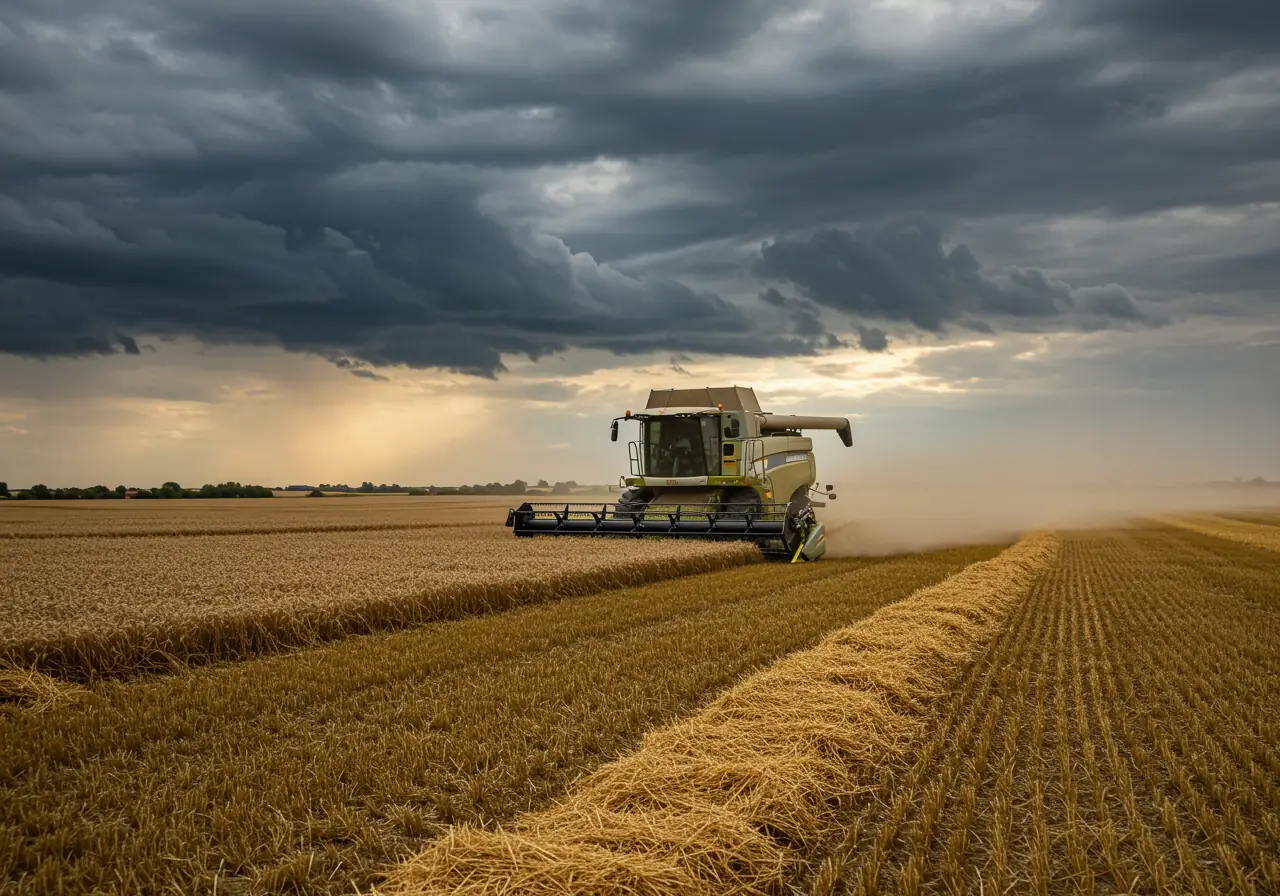
Combine Harvester Breakdown Prevention Guide: Predictive Analytics for Zero Downtime
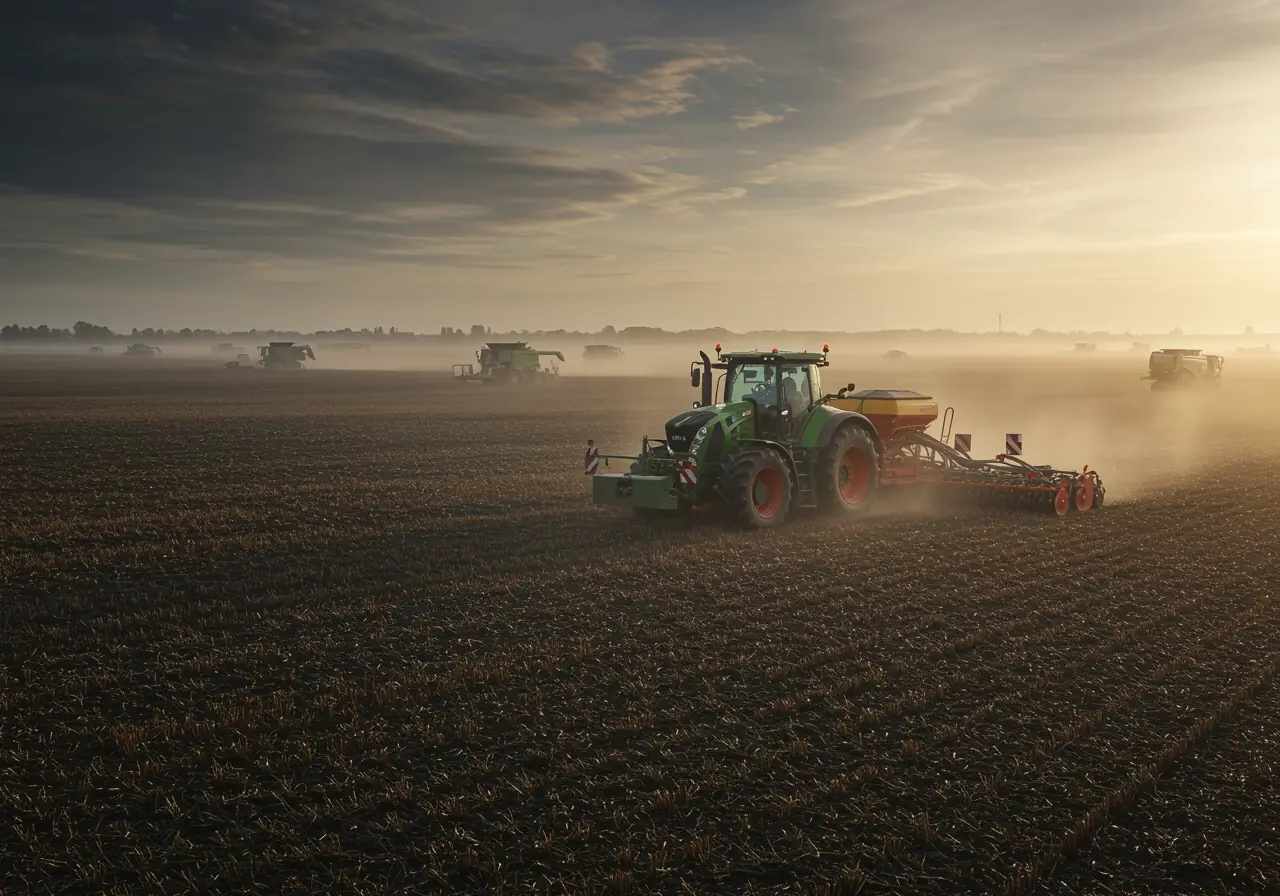
Master Global Agricultural Parts Delivery | Mid-Season MRO Guide

Fixing Haul Truck Downtime Issues: Remote Parts Strategy Guide 2025
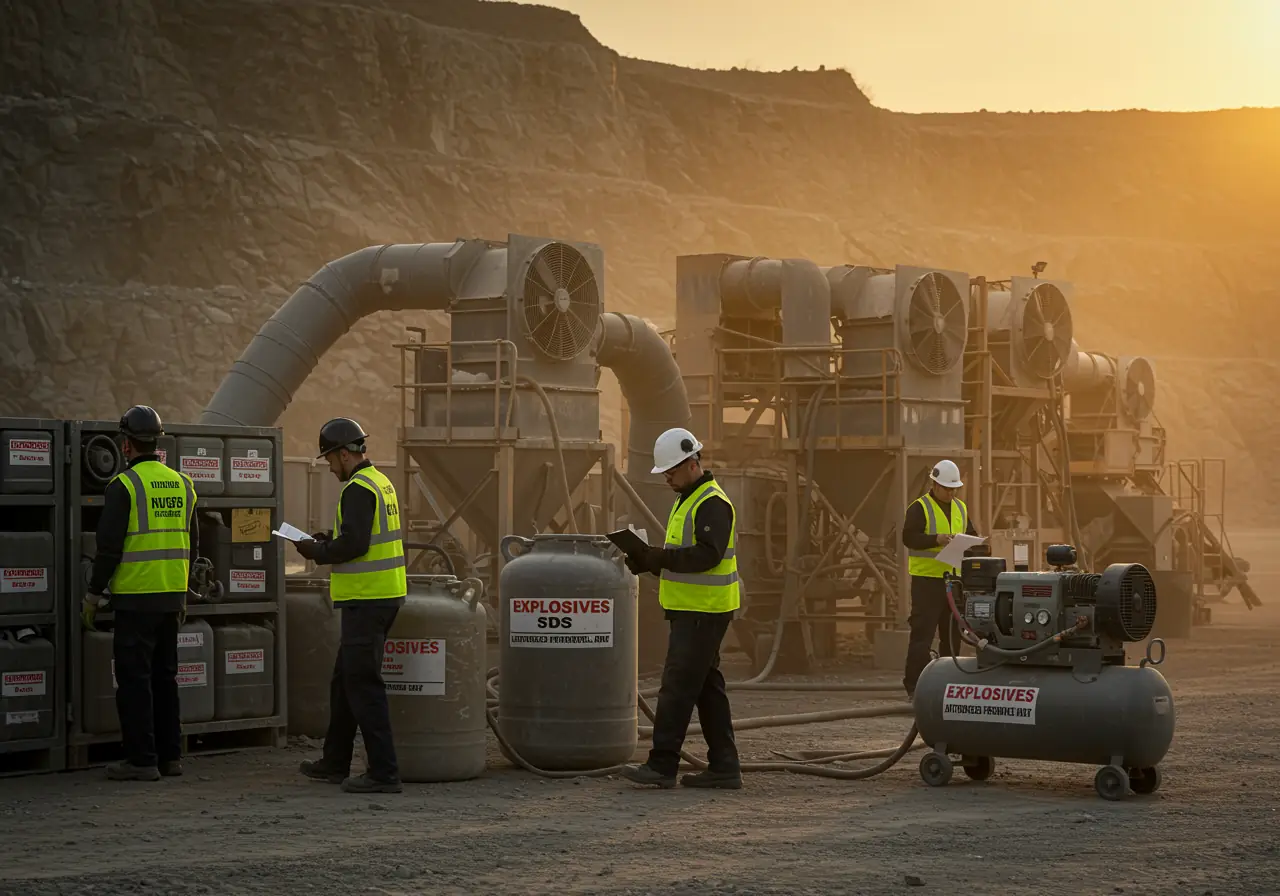
Blasting Equipment Safety Compliance: Must-Know Audit Requirements for 2025
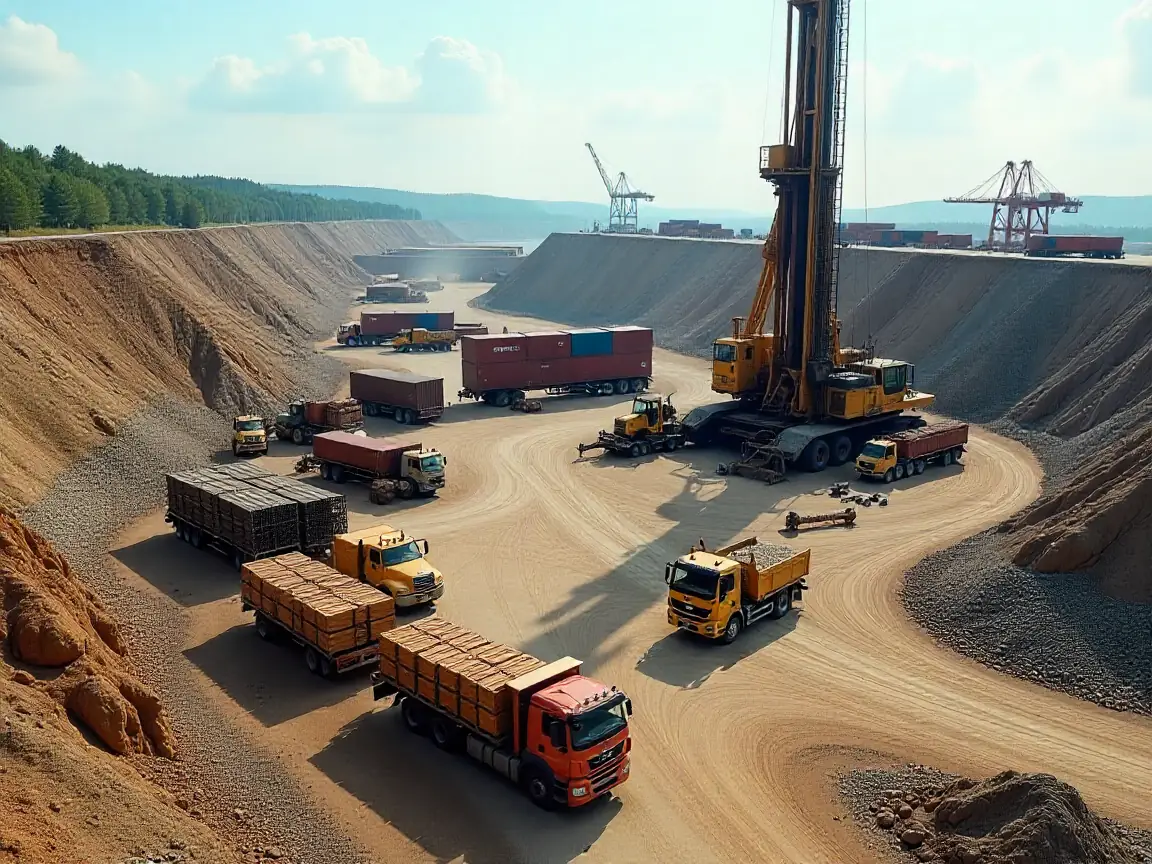
The Step-by-Step Guide to Global Drill Rig Consumables Sourcing
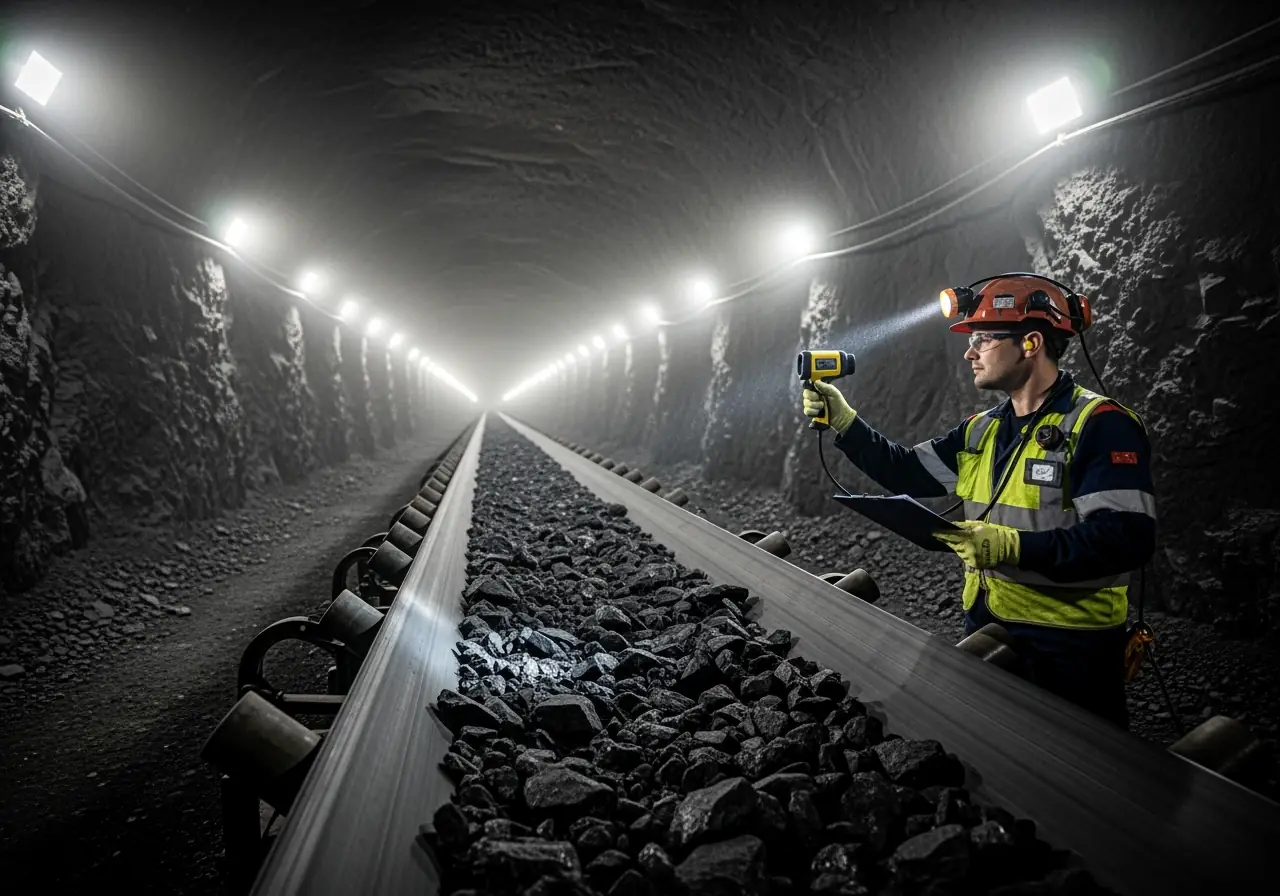
Mining Conveyor Maintenance Guide: Detecting Hidden Risks in Underground Systems
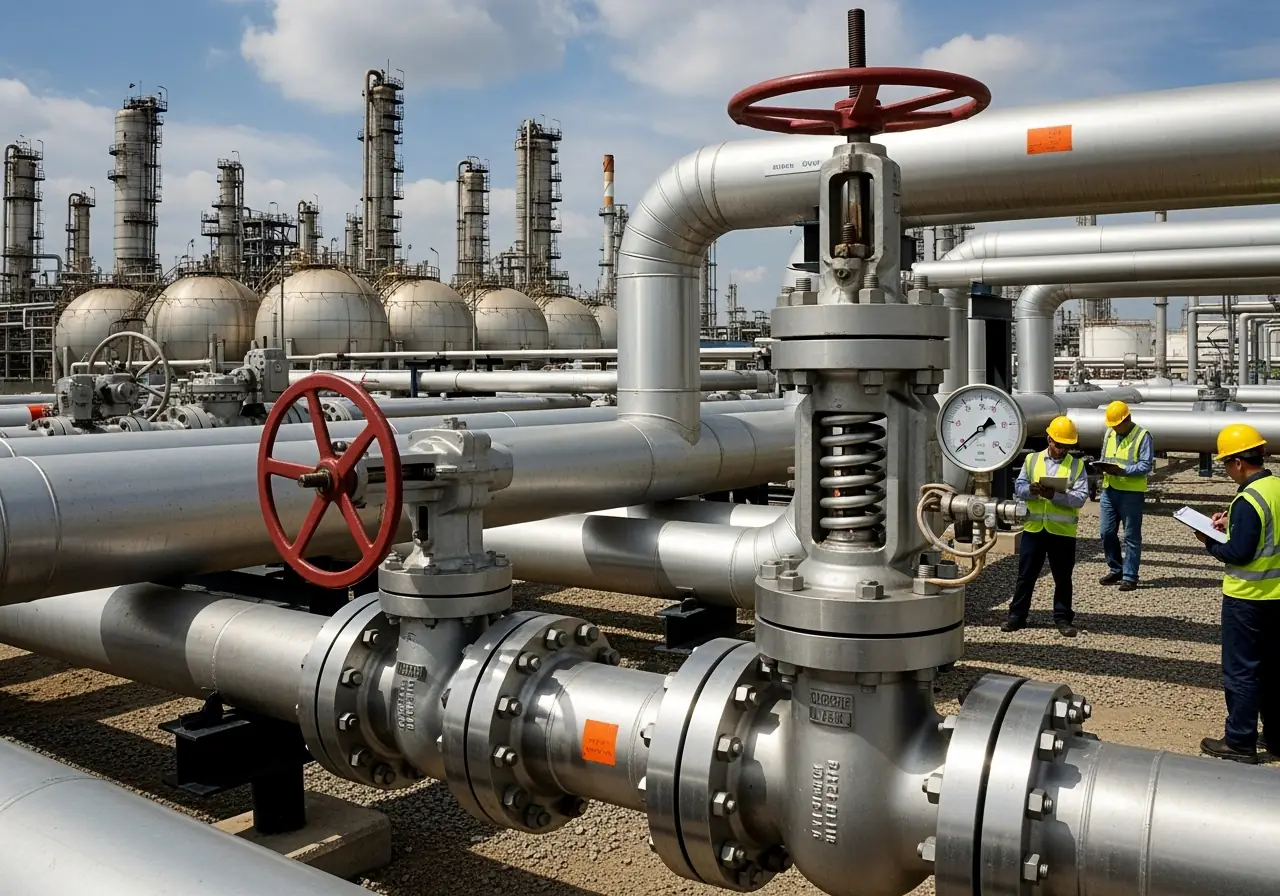
Best Practices for Certified Pipeline Valve Selection: From Specs to Installation

Optimizing Oil Rig PPE Delivery: Proven Strategies That Saved $2M Annually

FPSO Smart Parts Planning: Proven Methods to Cut Downtime

How FPSO Inspection Prevents Million-Dollar Shutdown Losses
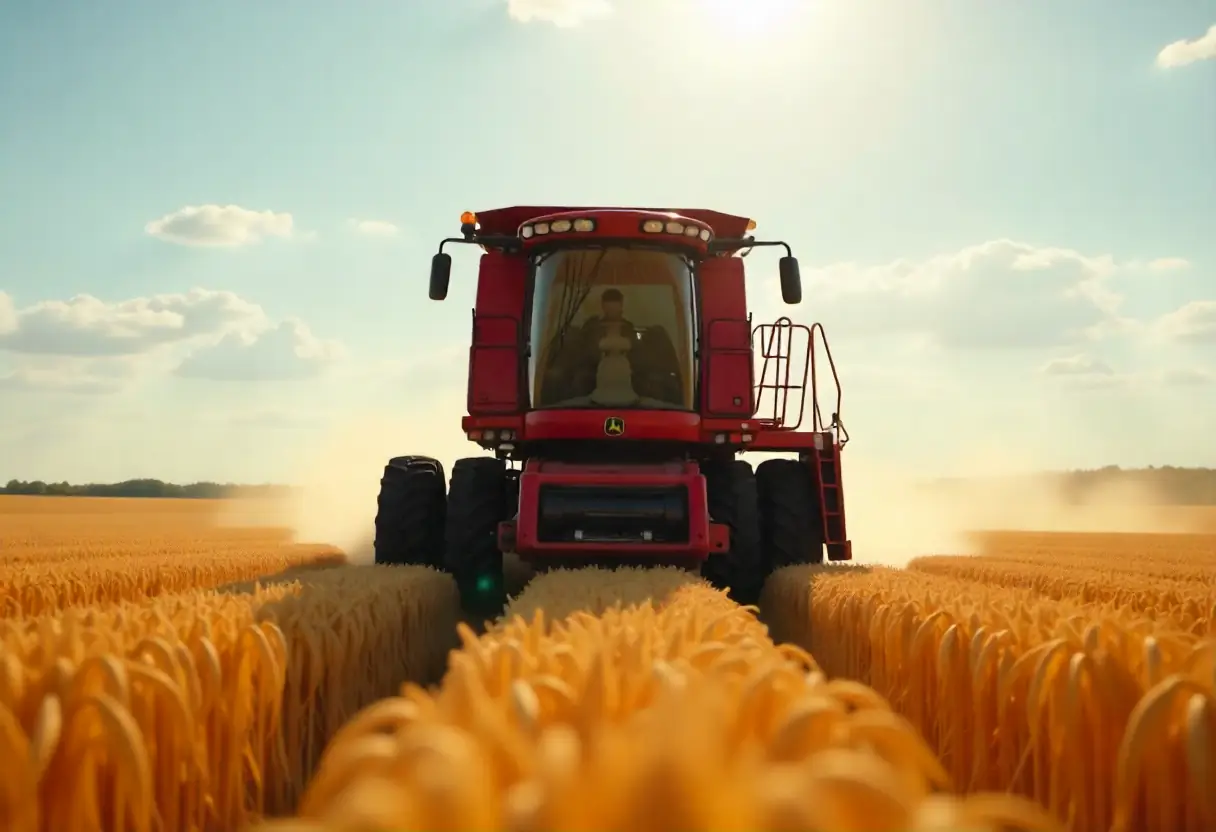
Fix It Before It Breaks: A Farmer's Guide to Combine and Harvester Maintenance
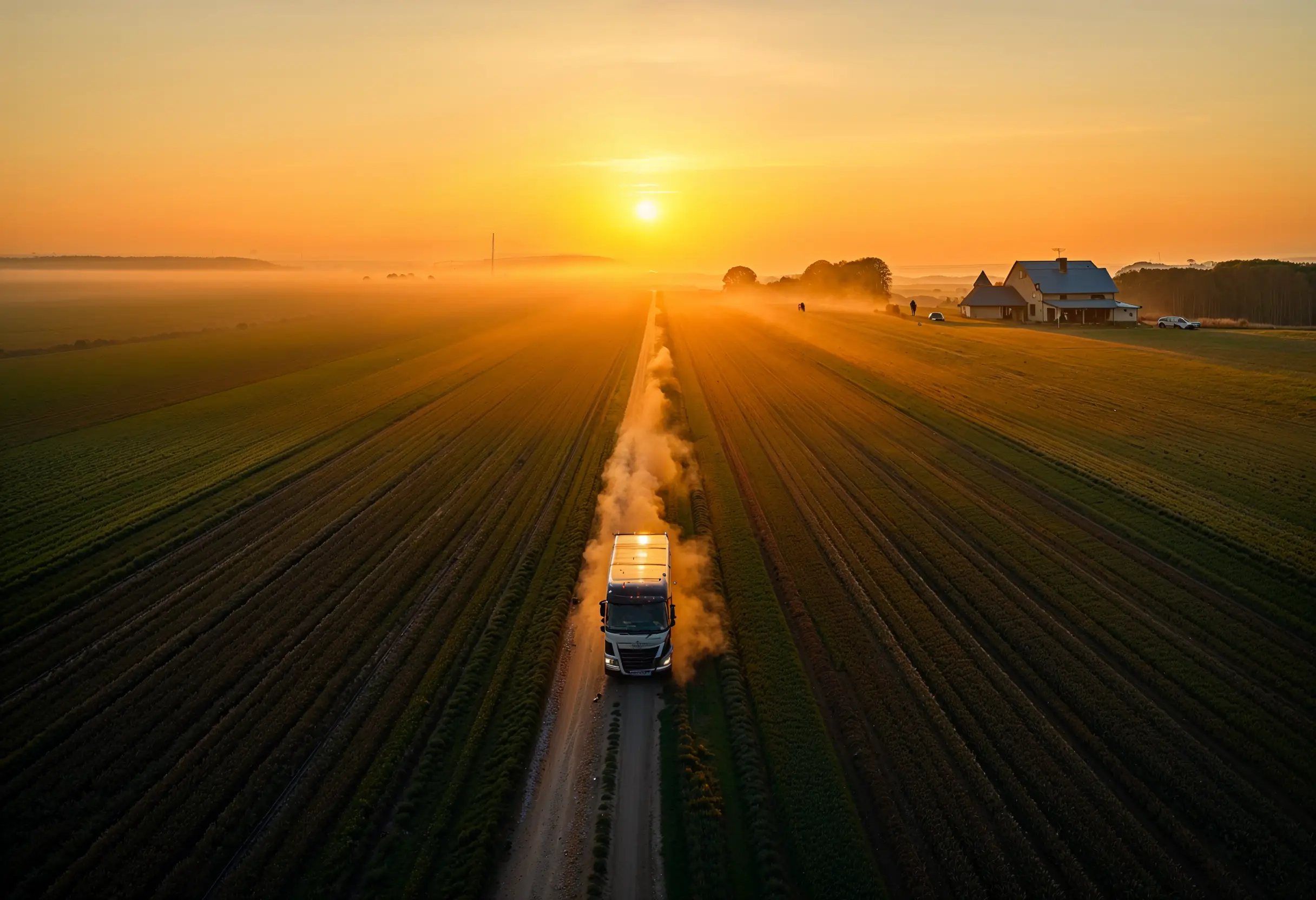
Why Fast Tractor Parts Delivery is Changing Modern Farming [2025 Guide]
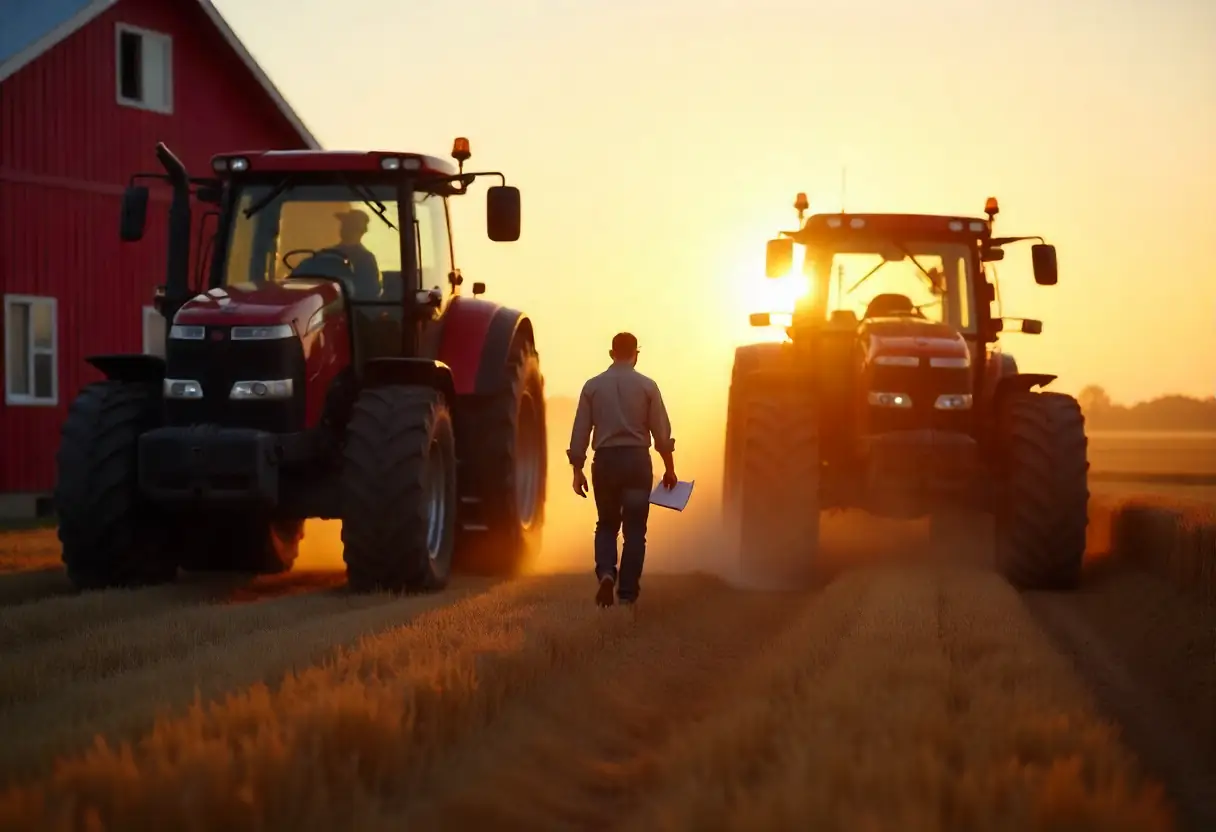
The Critical Farm Equipment Replacement Parts You Need Before Harvest 2025
.webp)
How to Double Your Farm Efficiency: Expert Guide to Smart Scaling

Cut Costs by 30%: Pre-Season Spare Parts Audit Checklist

Proven Success Factors for Agricultural Equipment Manufacturers in 2025
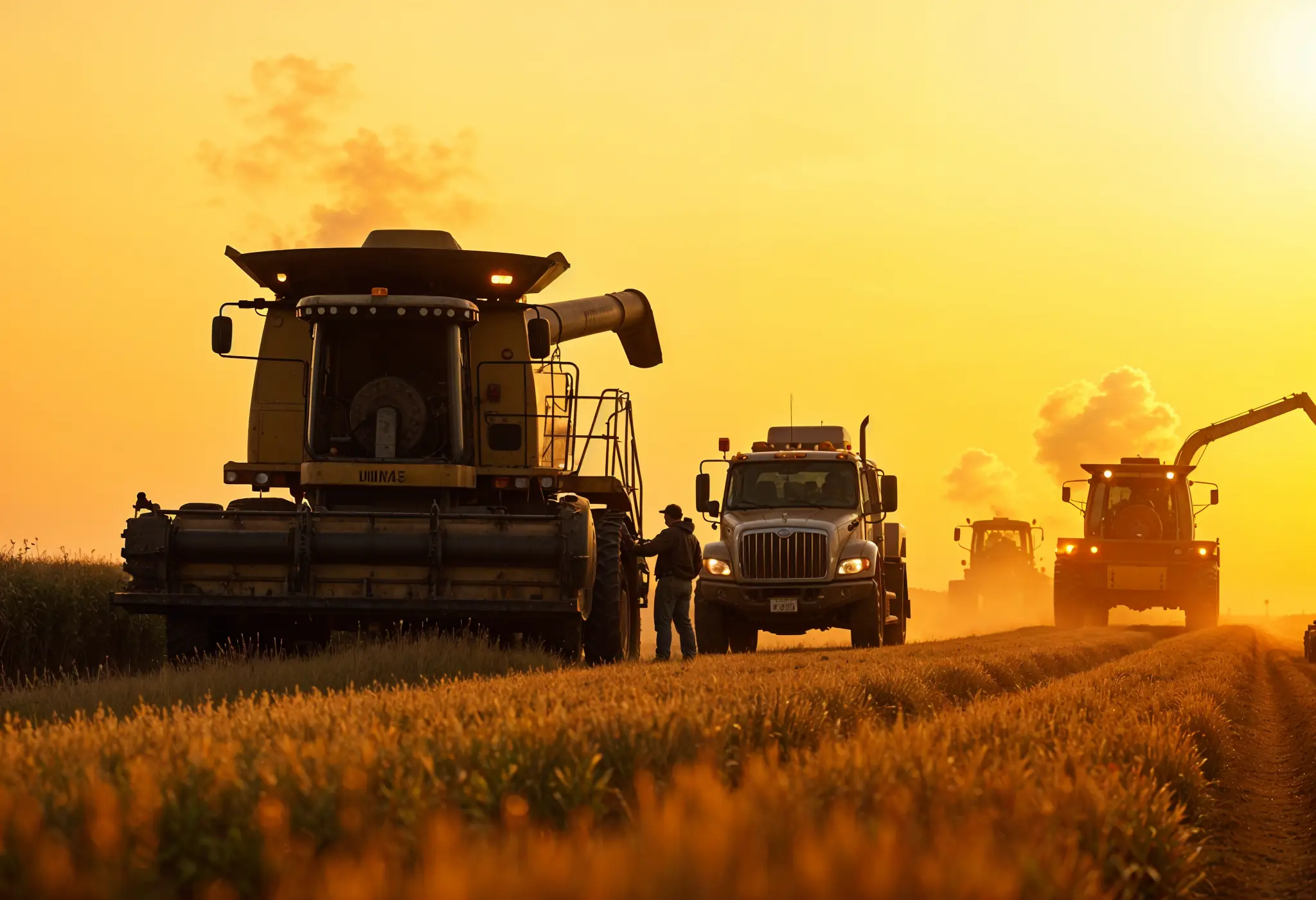
13 Overlooked Farm Spare Parts That Halt Operations — Pt. 2
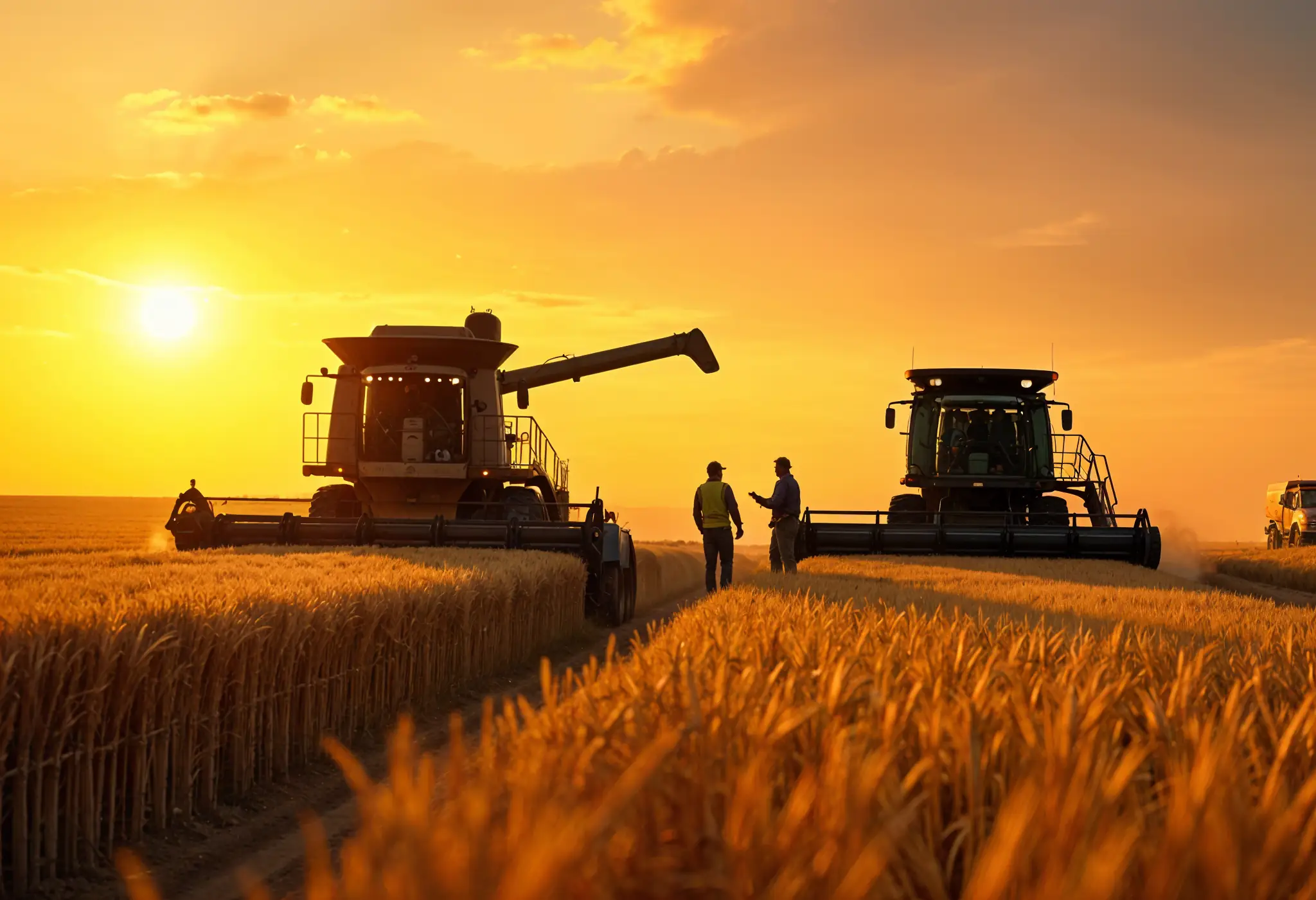
13 Overlooked Farm Spare Parts That Halt Operations — Pt. 1
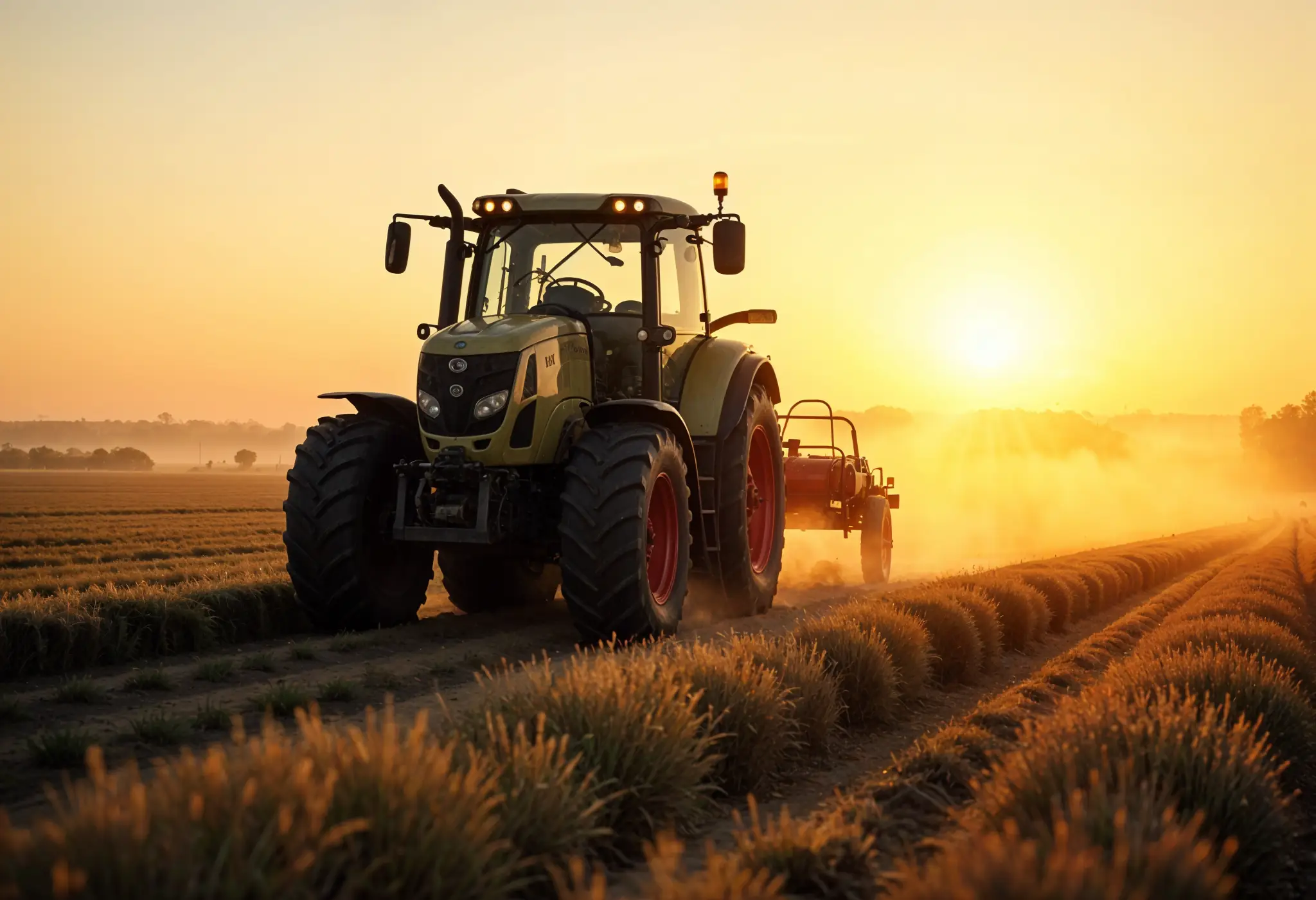
Top Hydraulic Components for Agricultural Equipment in 2025: Complete Guide
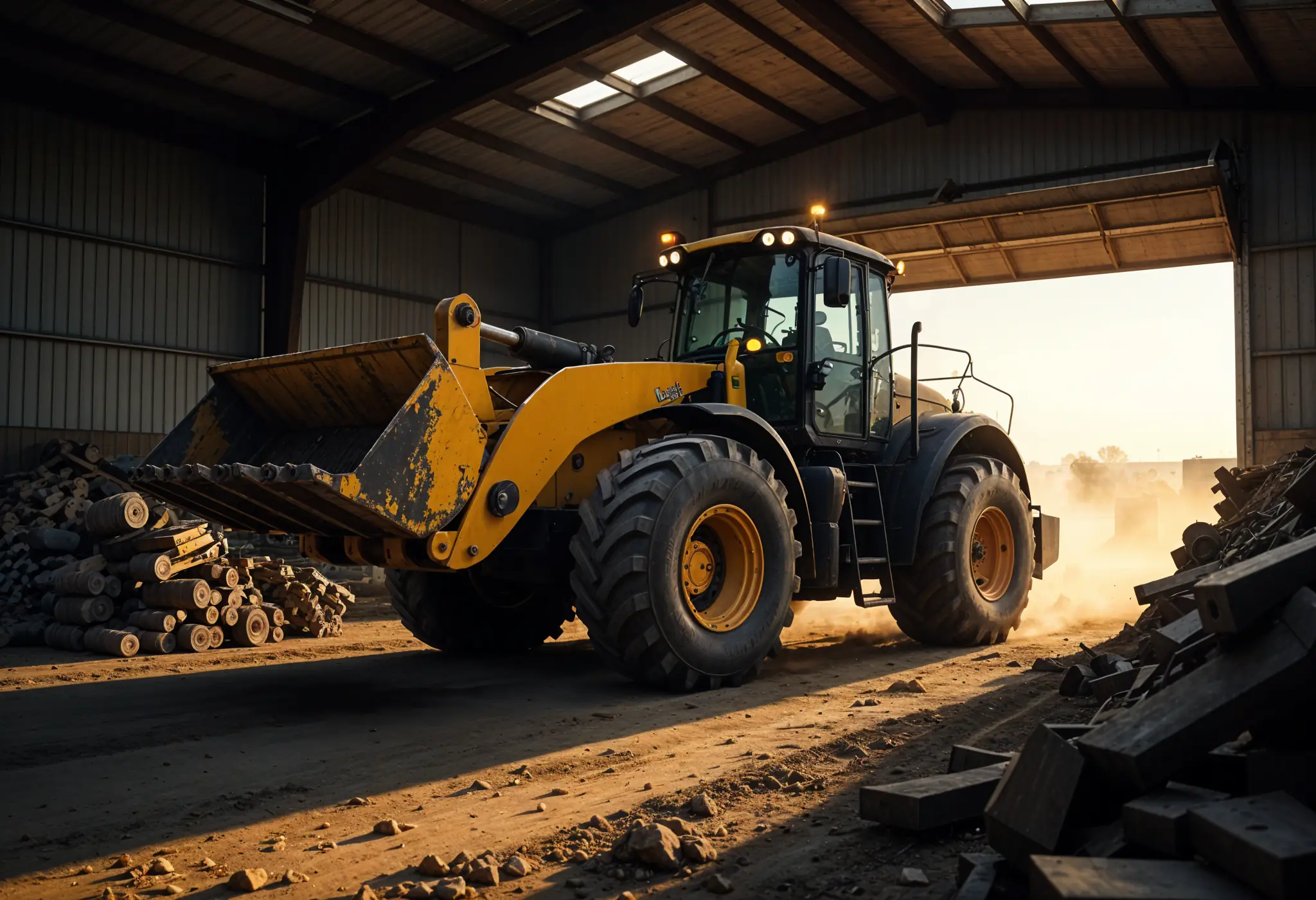
The Essential Farm Equipment Parts You Can't Afford to Run Out Of
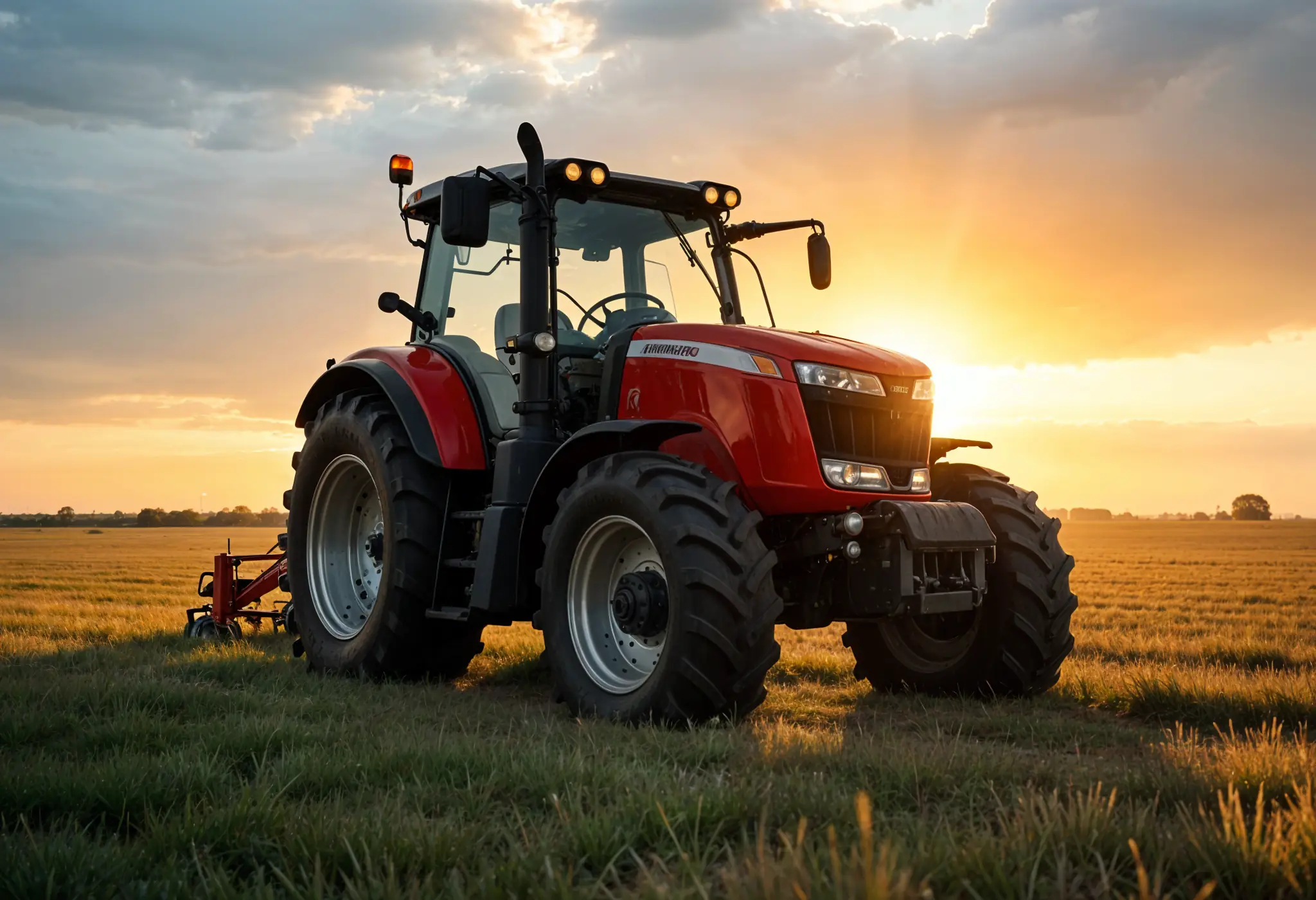
How to Service Farm Equipment: A Farmer's Guide to Zero Harvest Downtime
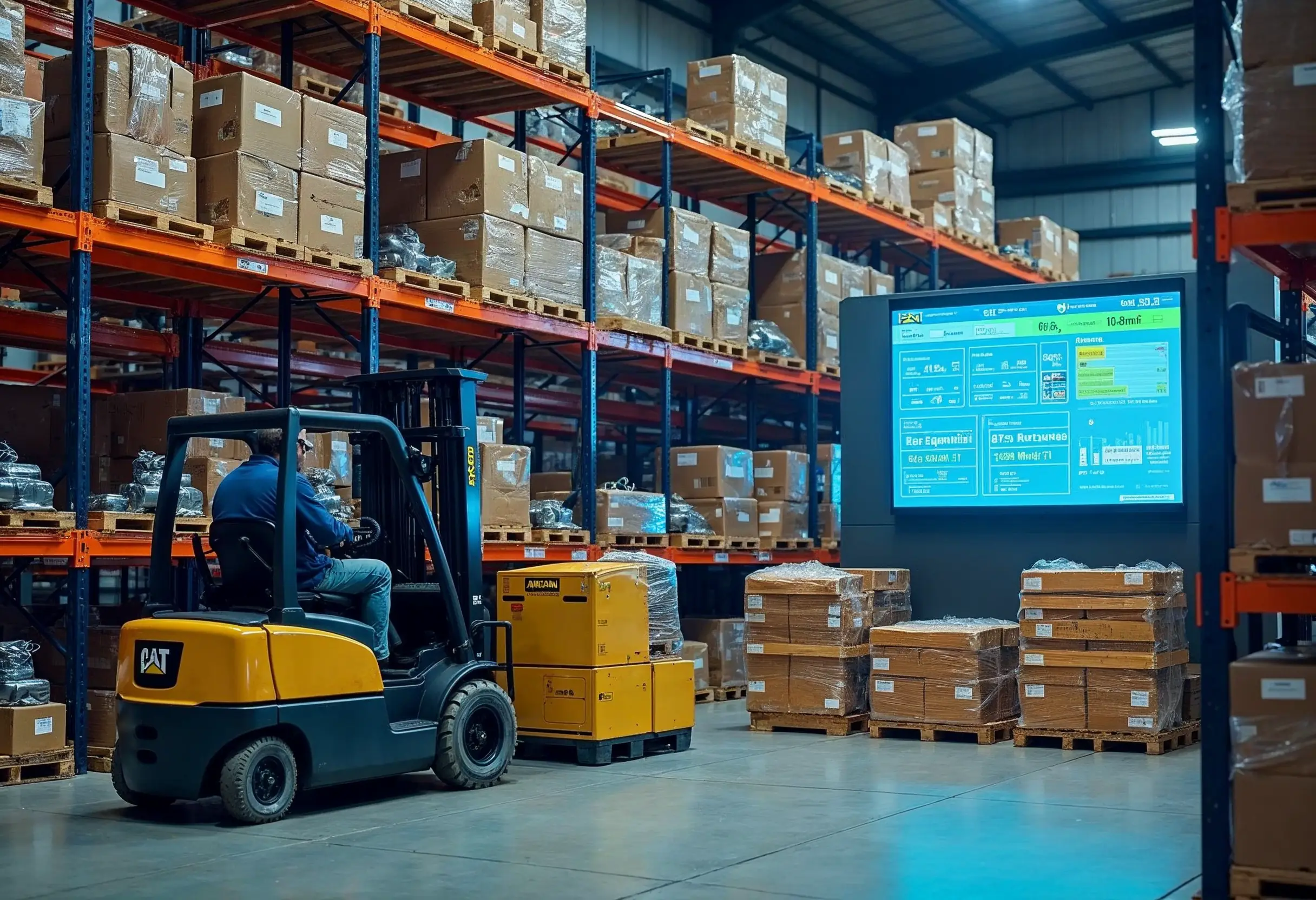
Construction Machinery Parts Suppliers: Expert Selection Guide

How to Apply Machine Safety Rules: From Selection to Installation

Smart Diagnostics Cut Heavy Equipment Failures by 73%

5 Ways to Assess the Environmental Impact of Heavy Construction Machinery

10 Smart Ways to Pick Construction Machinery for 2025 Projects
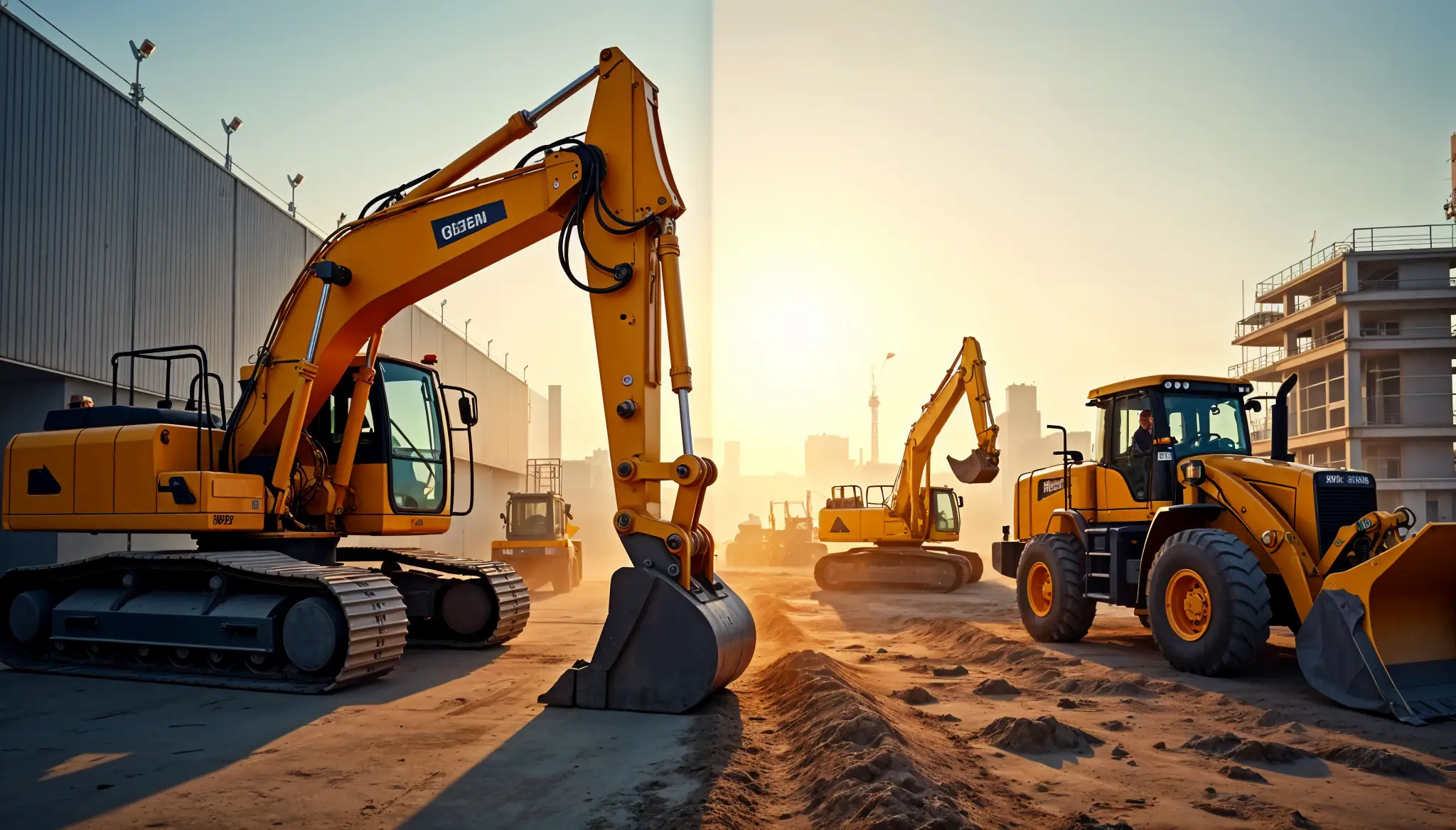
Rent vs Purchase Equipment: What Heavy Industry Experts Hide

How to Implement a Construction Inventory Management System for Equipment Efficiency
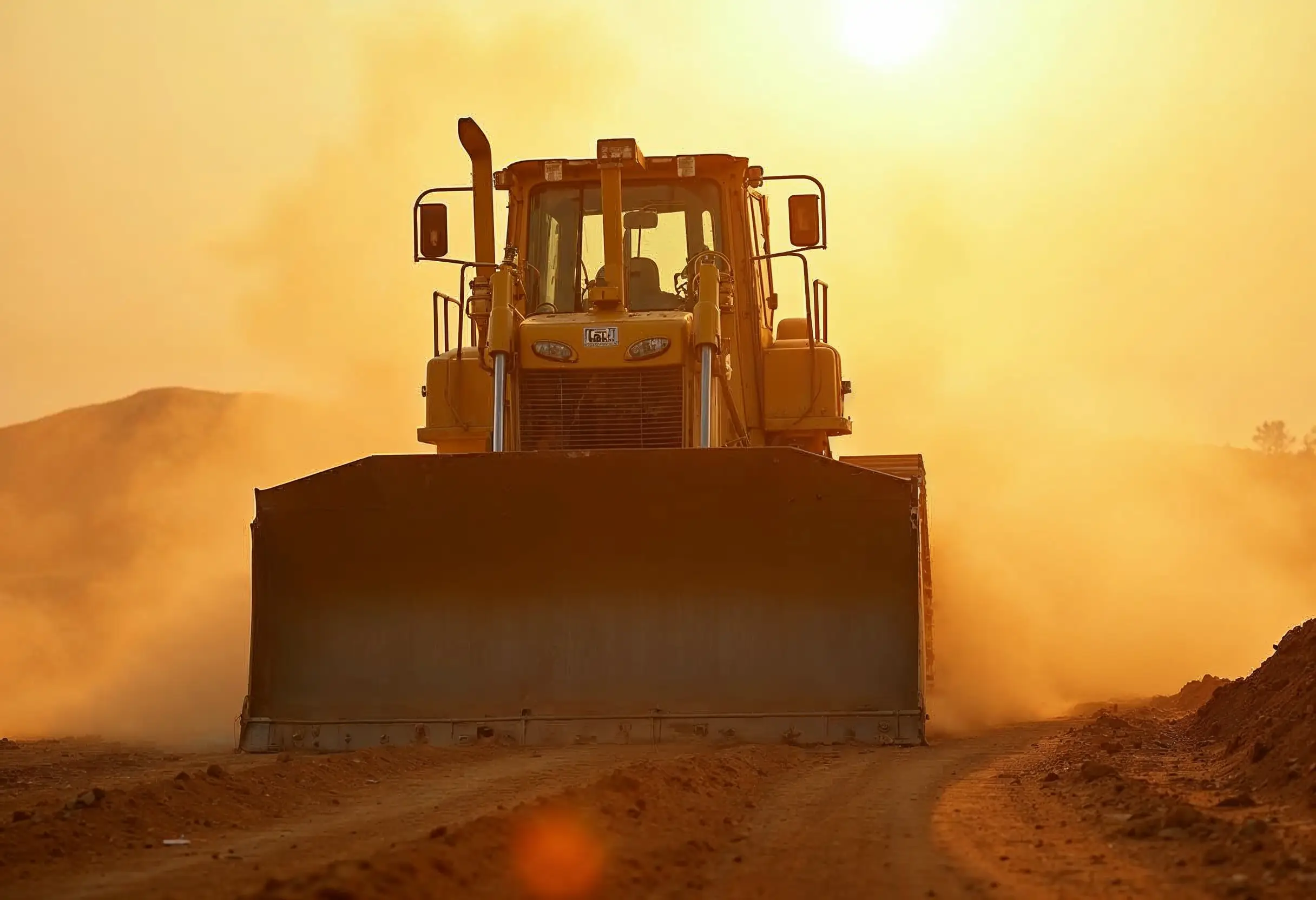
How to Extend Equipment Life Expectancy with Regular Maintenance
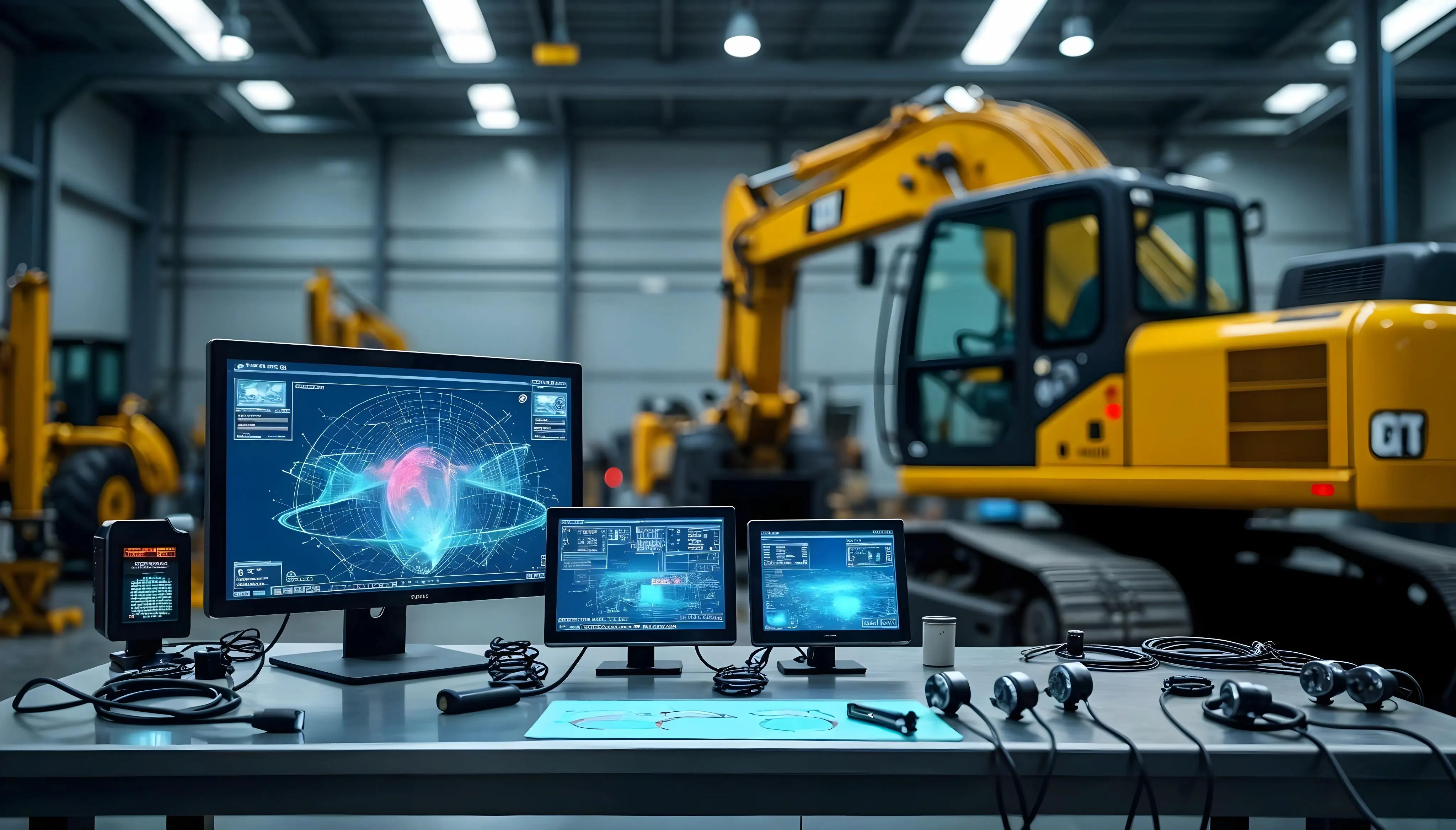
Advanced Heavy Equipment Diagnostic Tools: Ensuring Construction Machinery Quality
Essential Features Your Construction Equipment Inventory System Needs
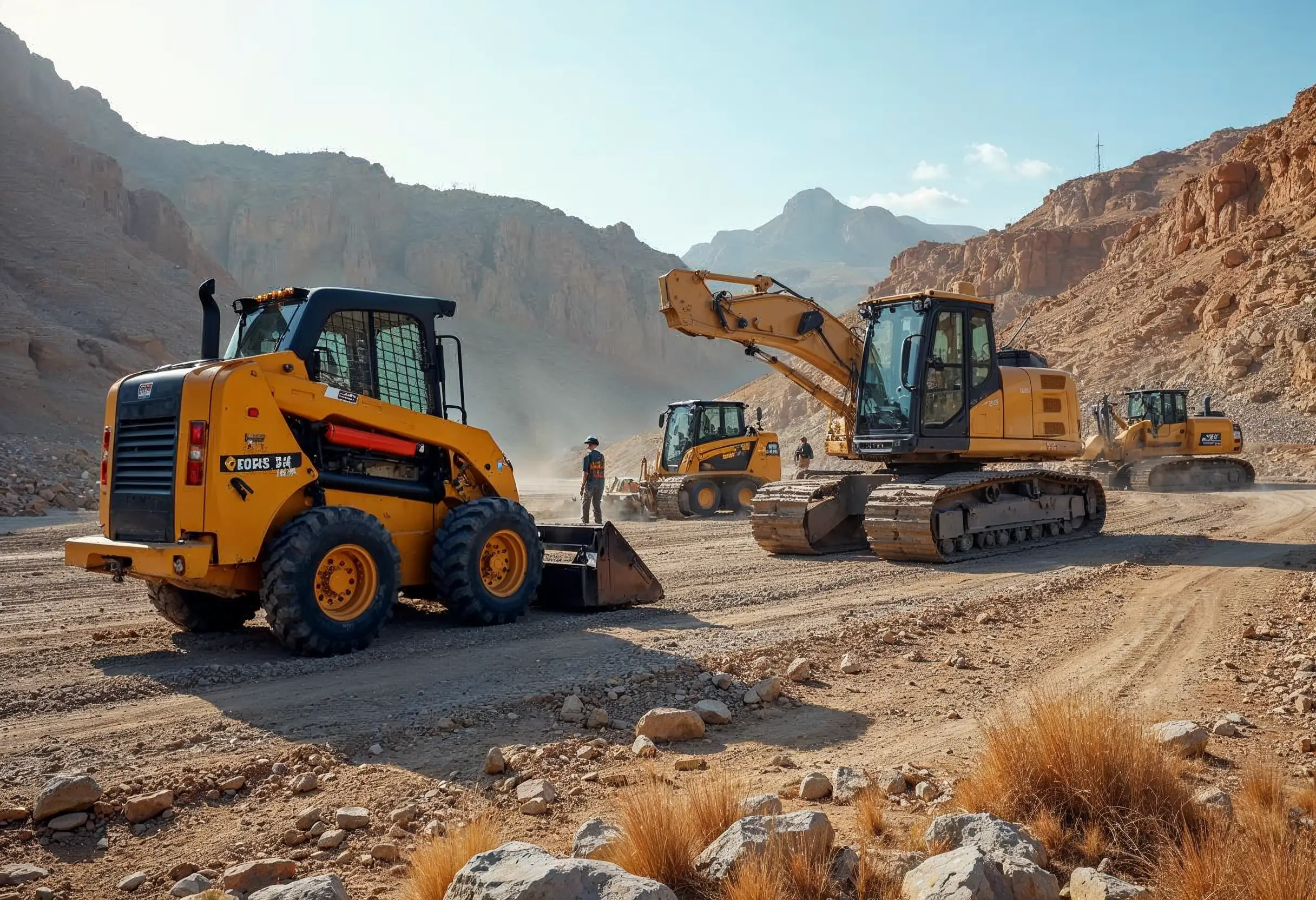
29 Quick Tips for Choosing Construction Equipment for Remote Locations

How to Select Construction Machinery with Optimal Equipment Maintenance in Mind
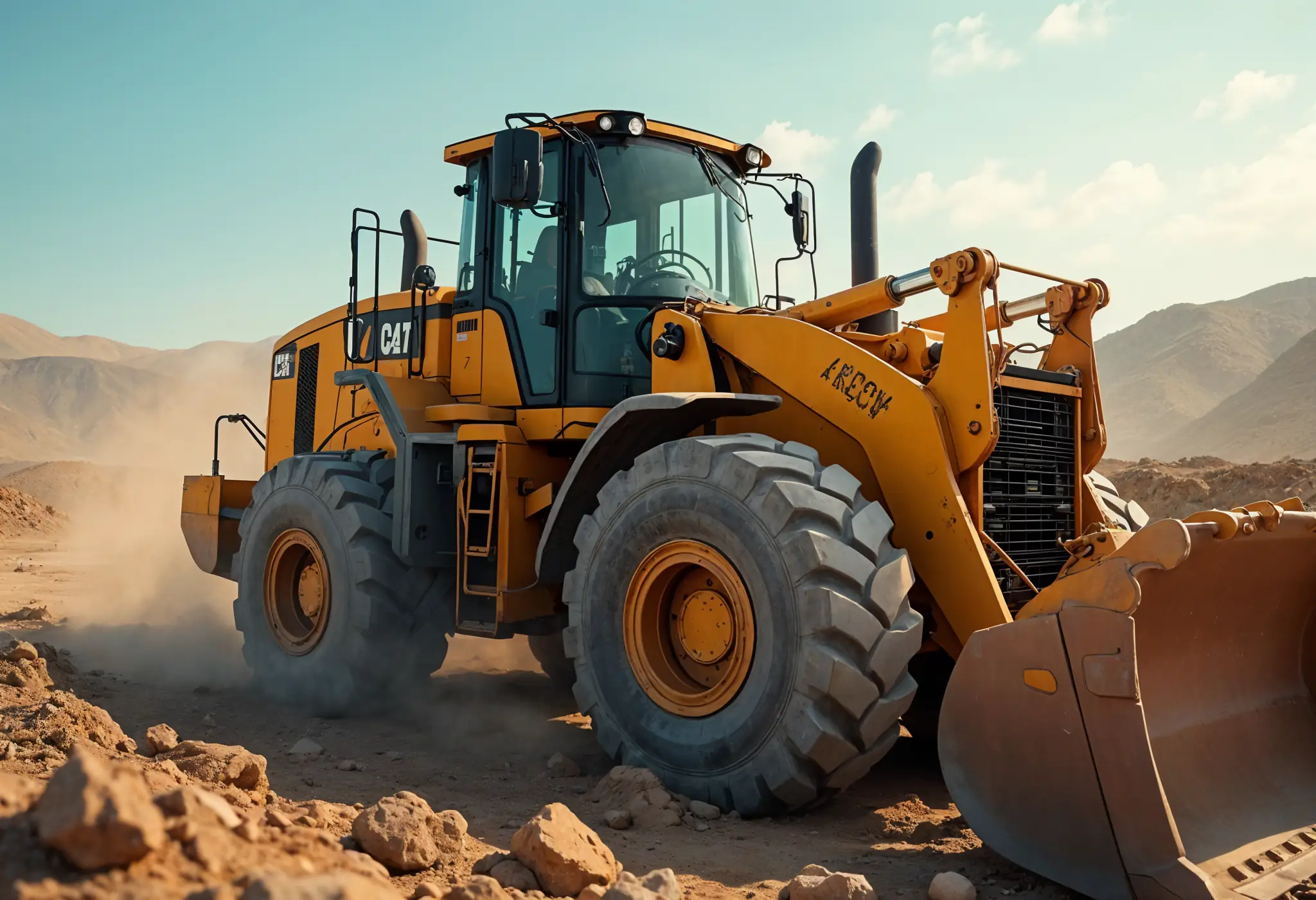
Top 25 Tips for Selecting Bulldozers for Construction Sites
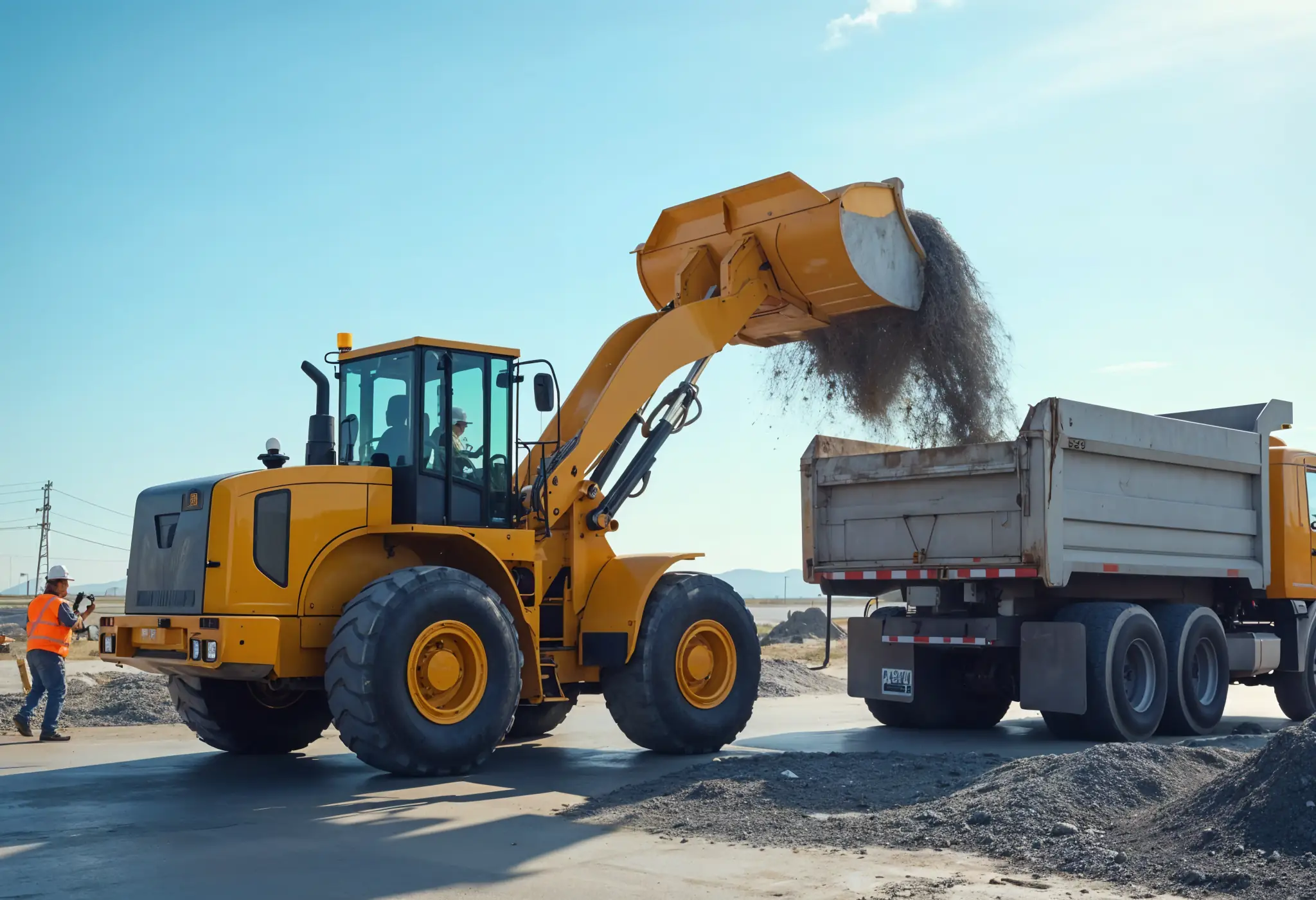
Which Construction Loader is Best for Your Project Needs?

4 Key Steps to Form a Construction Machinery QC Team

15 Essential Tips for Selecting the Perfect Crane for Construction

Maximize Savings: Multi-Purpose Construction Machinery for Lower Costs

Affordable Heavy Equipment Parts: A Sourcing Guide
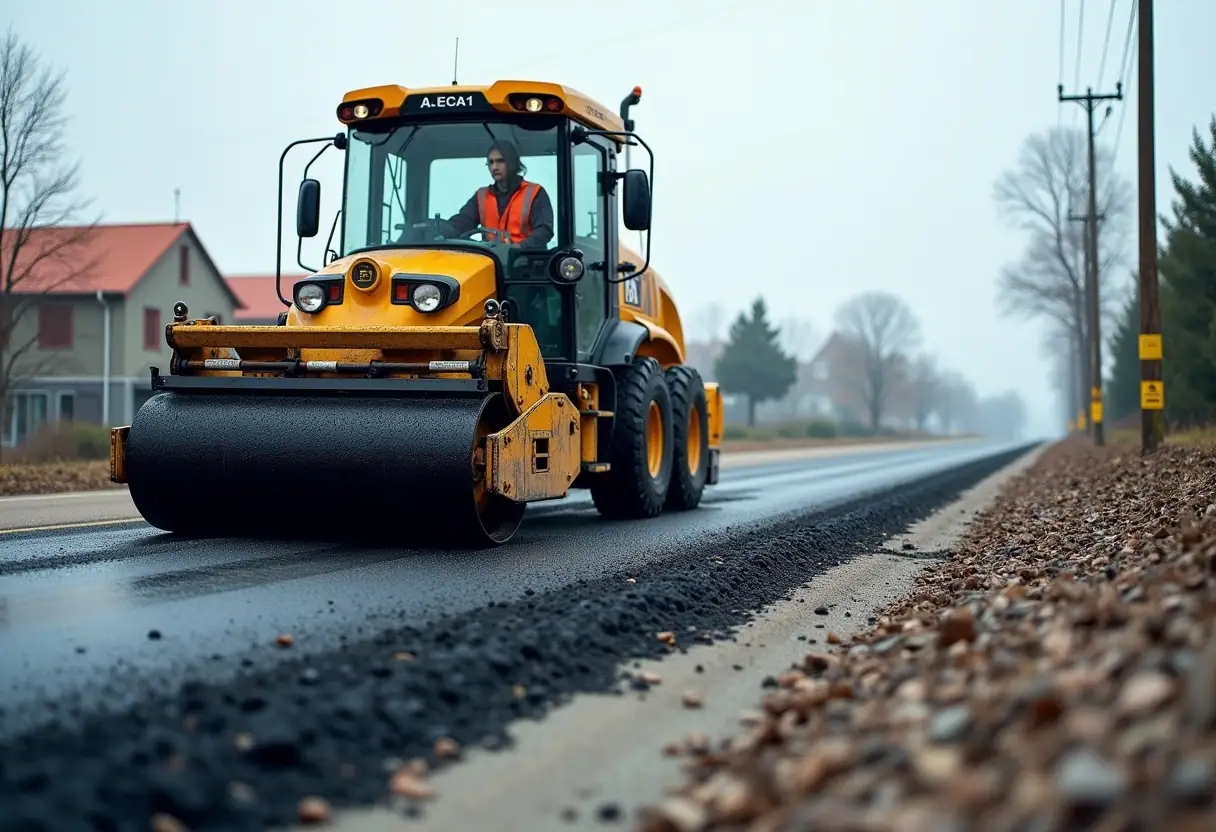
Choosing the Right Road Construction Equipment: A Complete Guide
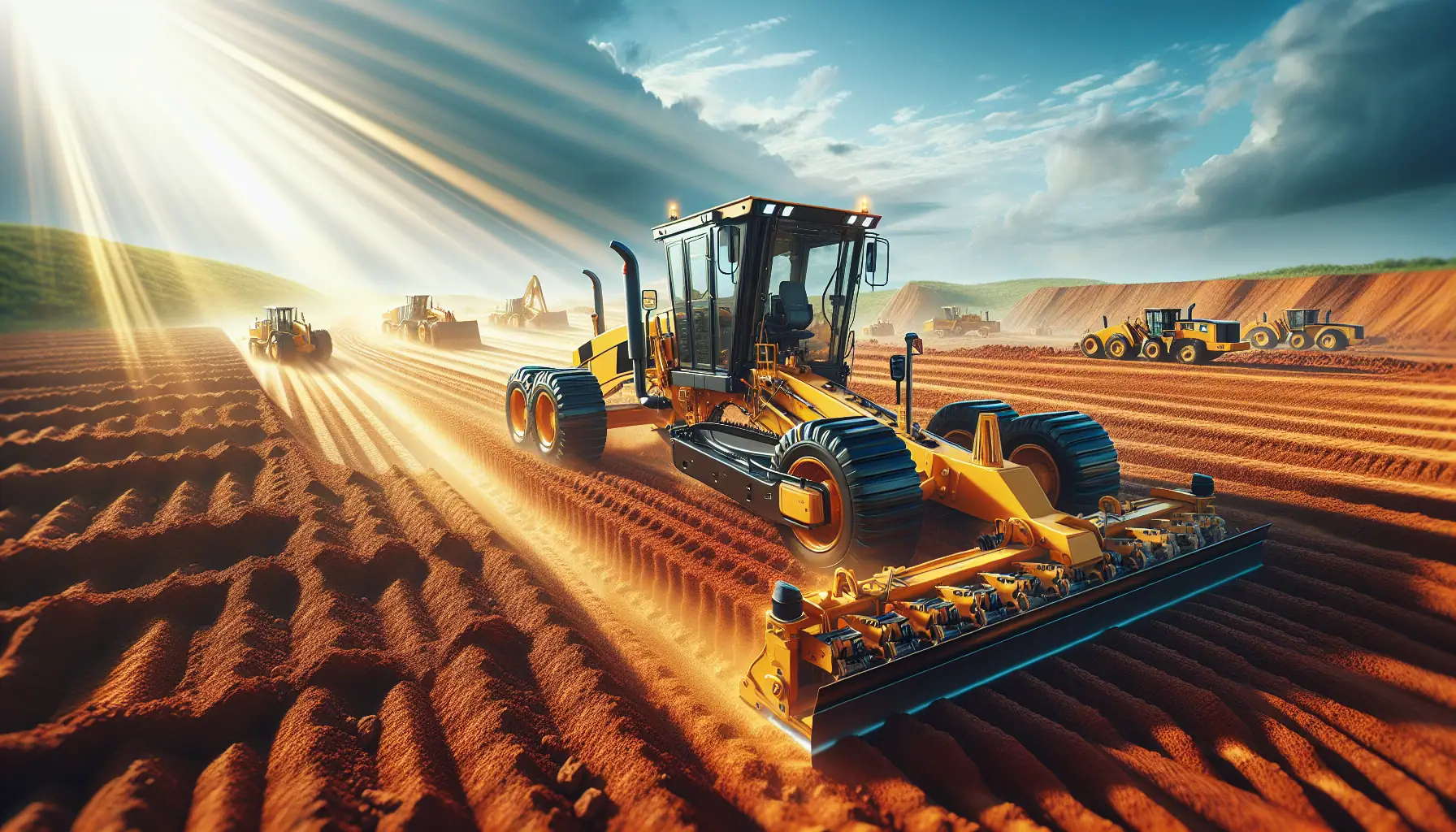
Motor Graders: Key Elements to Consider for Optimal Selection

A Detailed Guide to Choosing Excavators for Construction Work
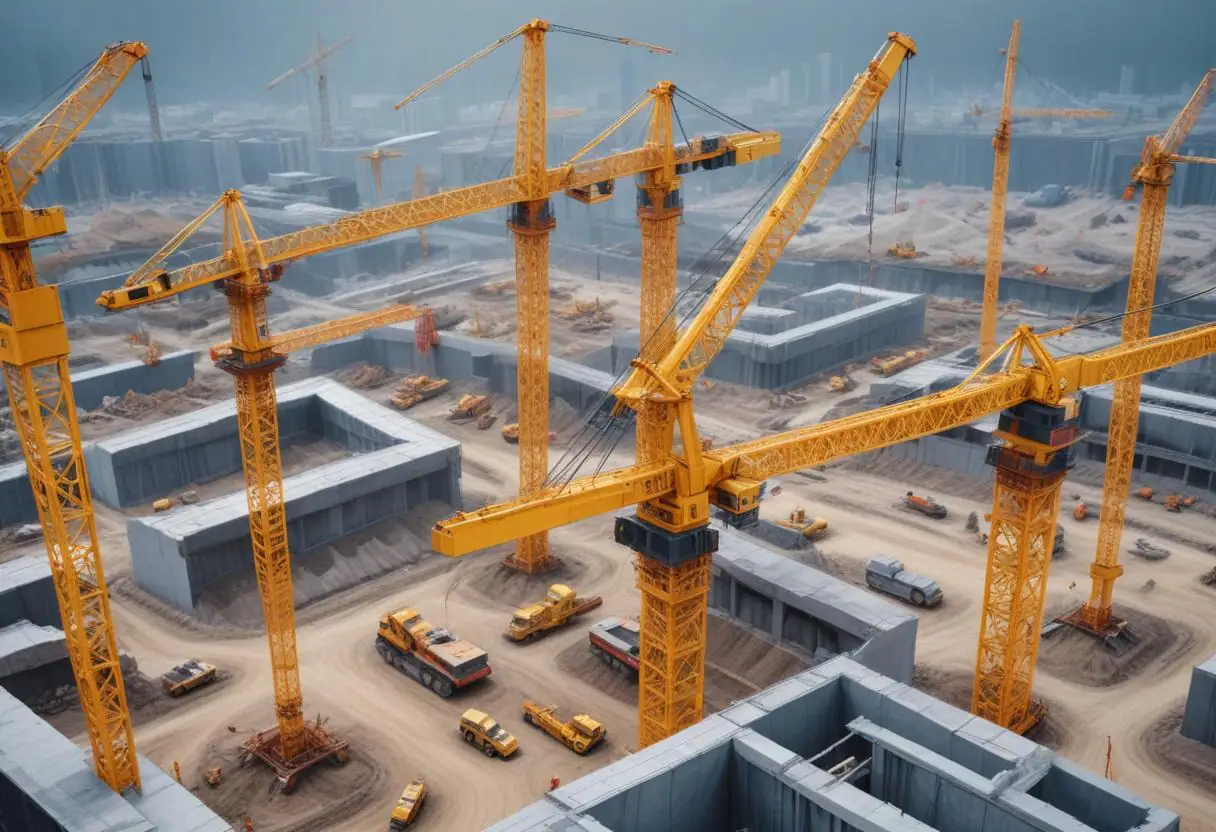
Top Tips for Choosing Cranes for Construction Projects
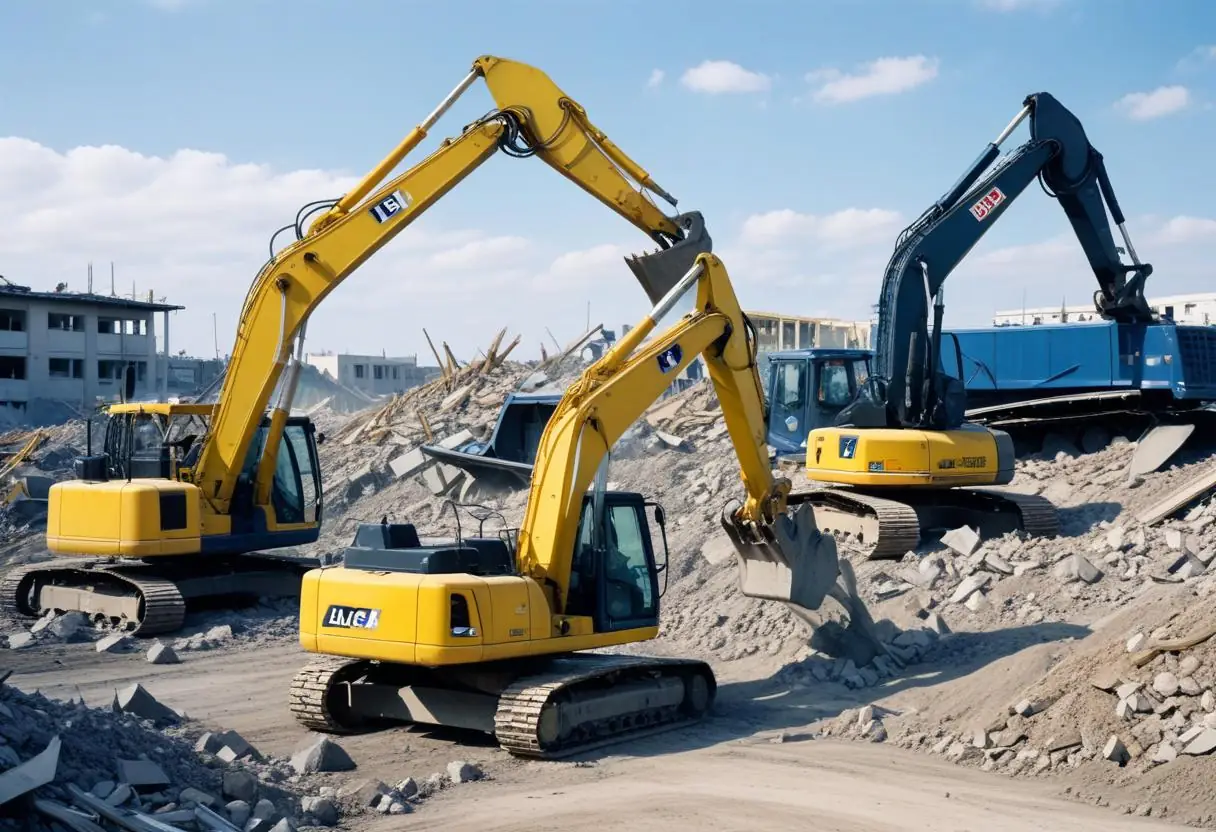
5 Top-Rated Demolition Machines for Construction Professionals

Expert Tips on Choosing Earthmoving Equipment for Large Projects
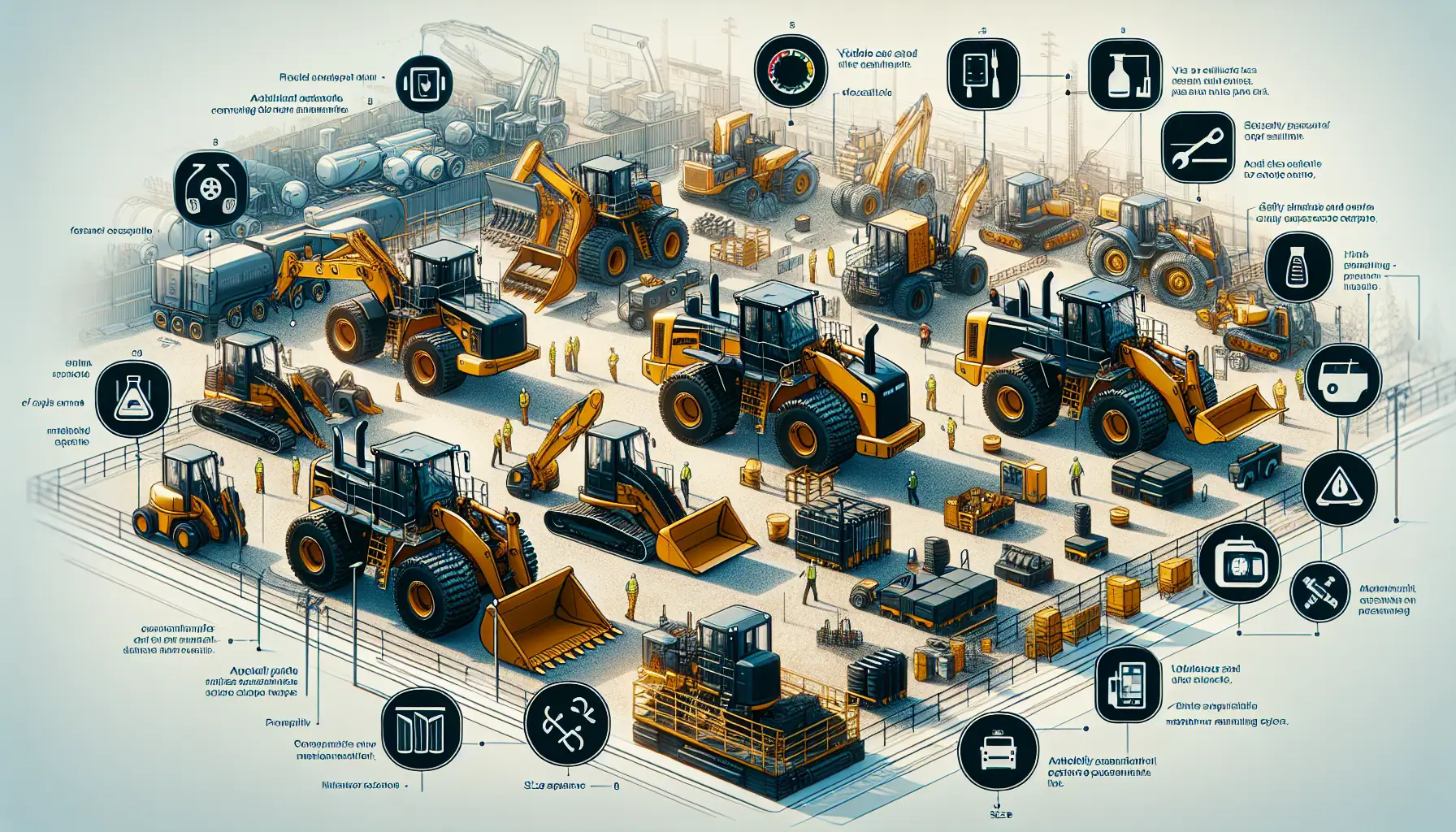
Top Functional Criteria for Selecting Heavy Construction Equipment

Construction Machinery: Detailed Guide to Equipment Specifications

Heavy Machinery Prices: Key Factors in Cost and Quality Balance
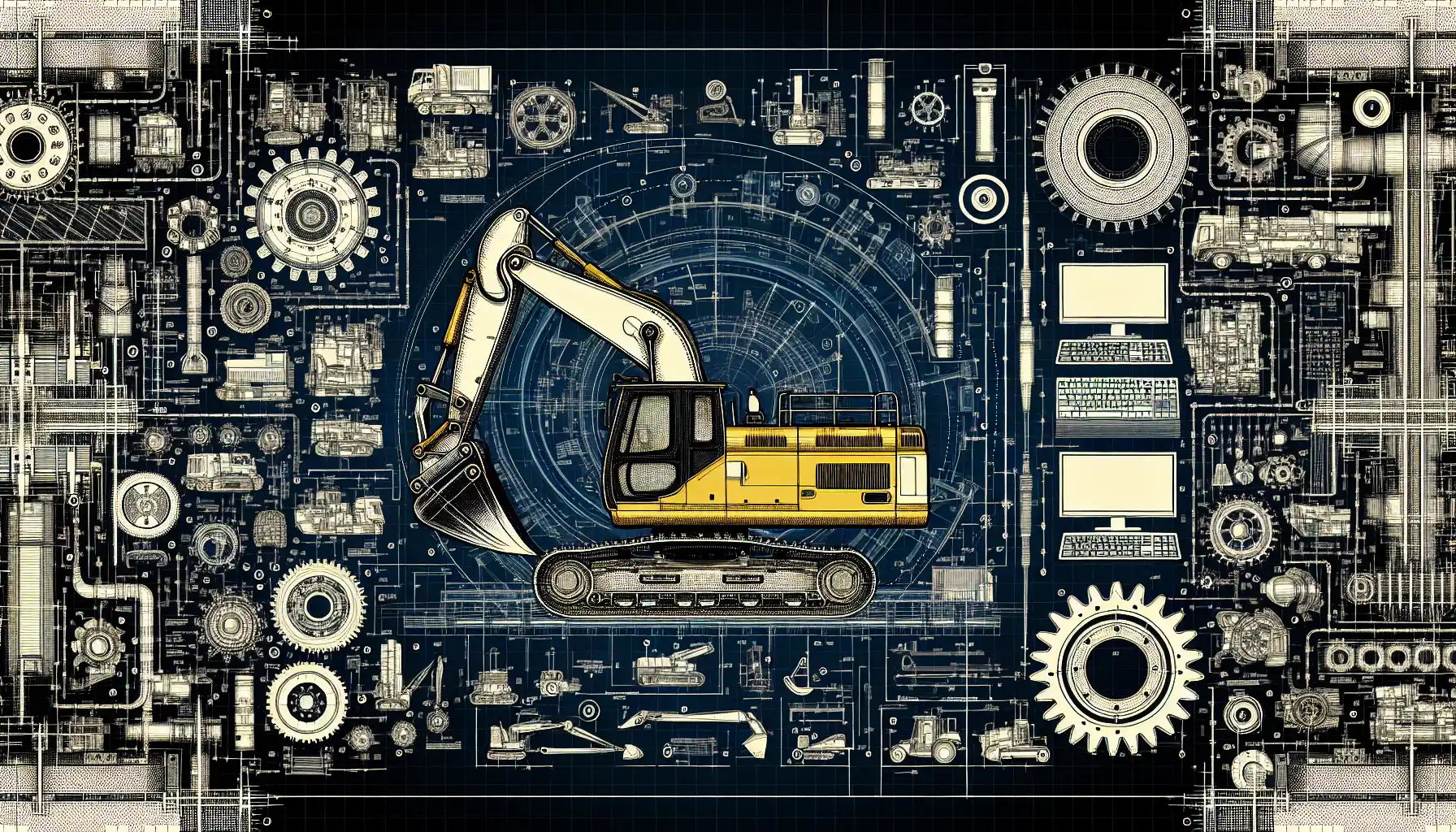
Best Construction Heavy Equipment Brands: Pros and Cons

Construction Site Equipment: How to Determine Your Requirements
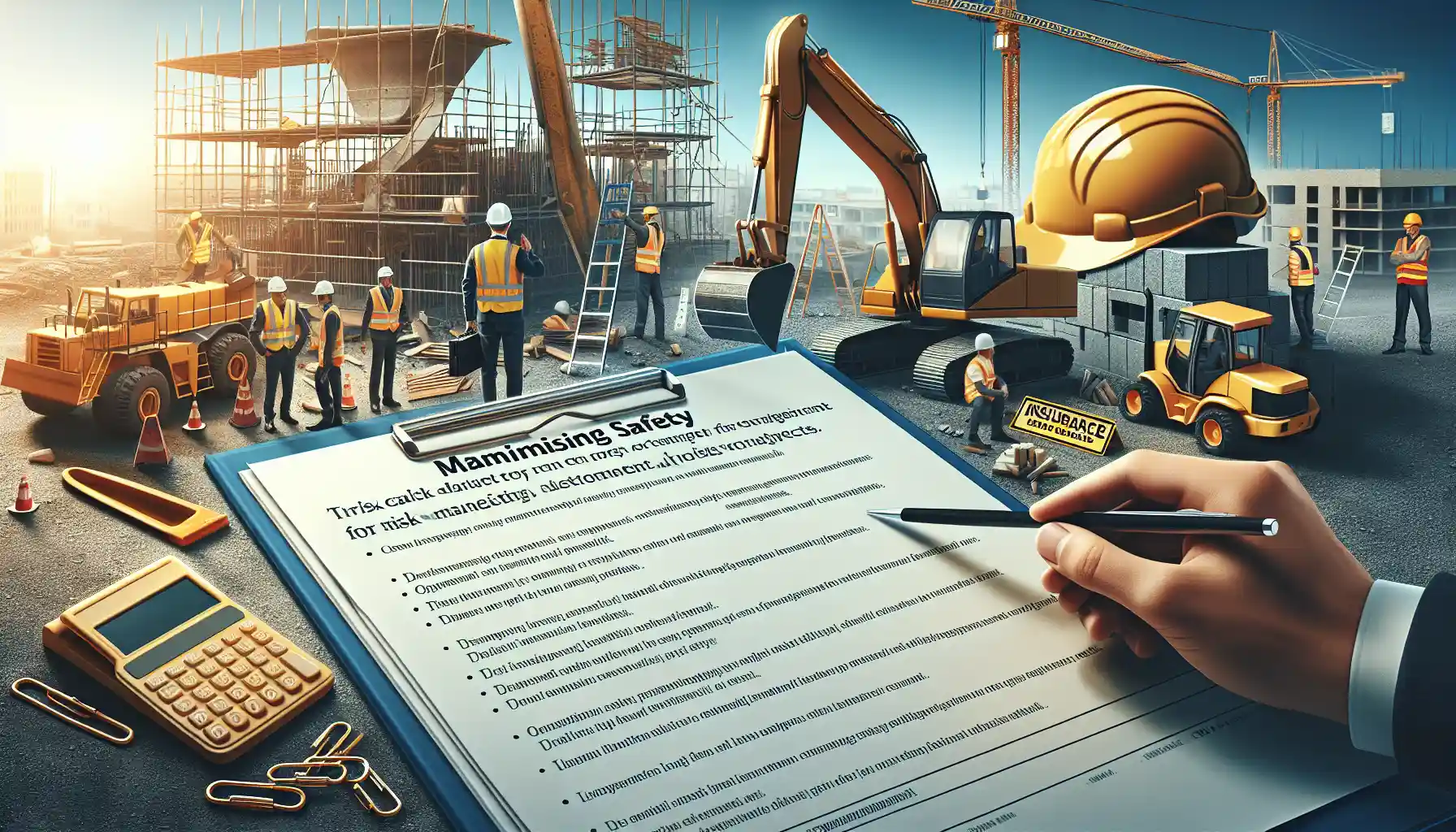
Maximizing Safety: Risk Management for Construction Projects

Innovations in Construction: Transforming Machinery and Equipment
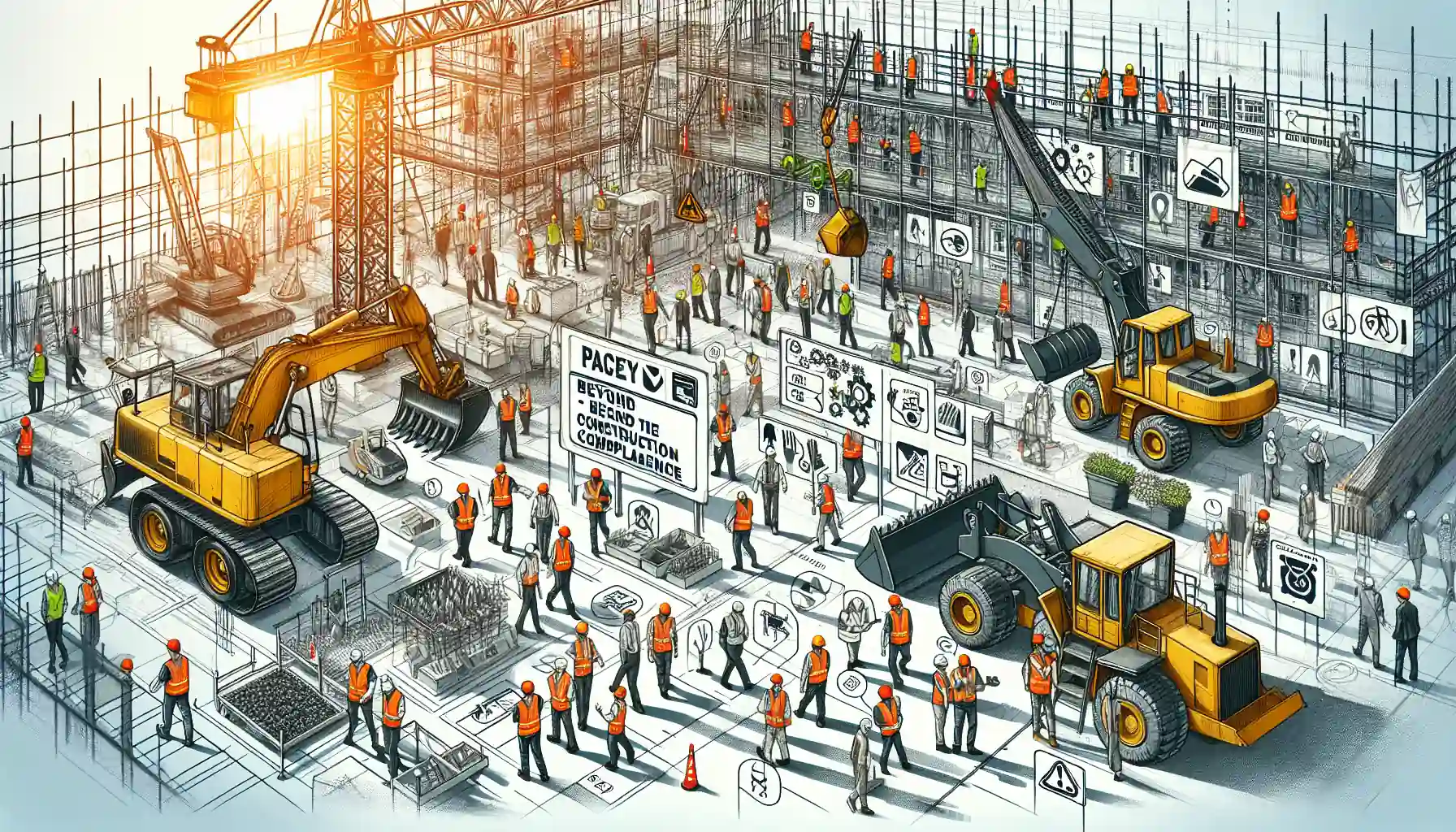
Heavy Equipment Safety: Beyond the Basics in Construction Compliance

The Essential Handbook for Construction Equipment Repair and Maintenance

How to Efficiently Source Oil and Gas Machinery Parts in NYC
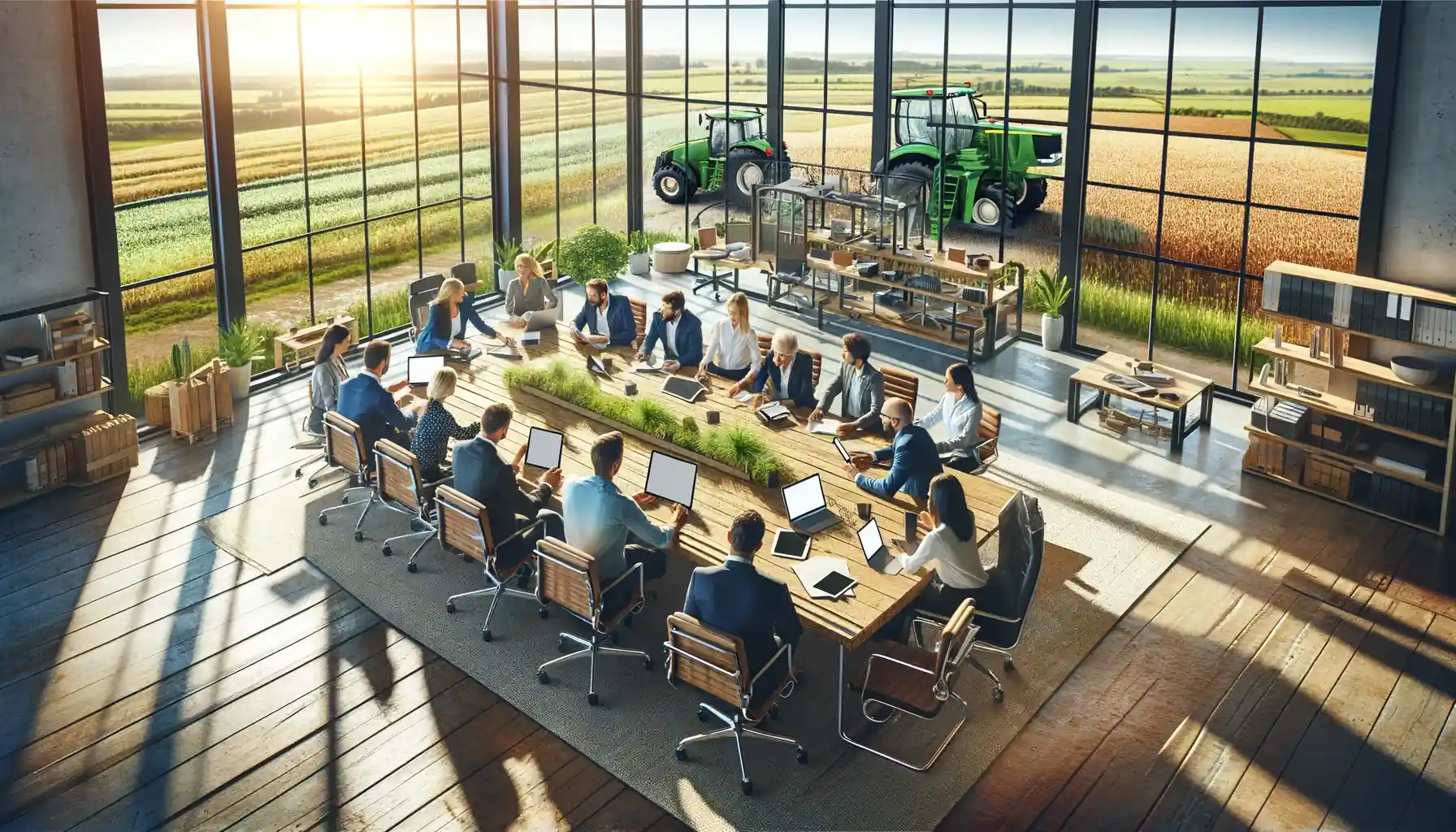
Essential Guide to Sourcing Agriculture Equipment Parts

How to Source Mining Machinery Parts: Tips and Strategies
